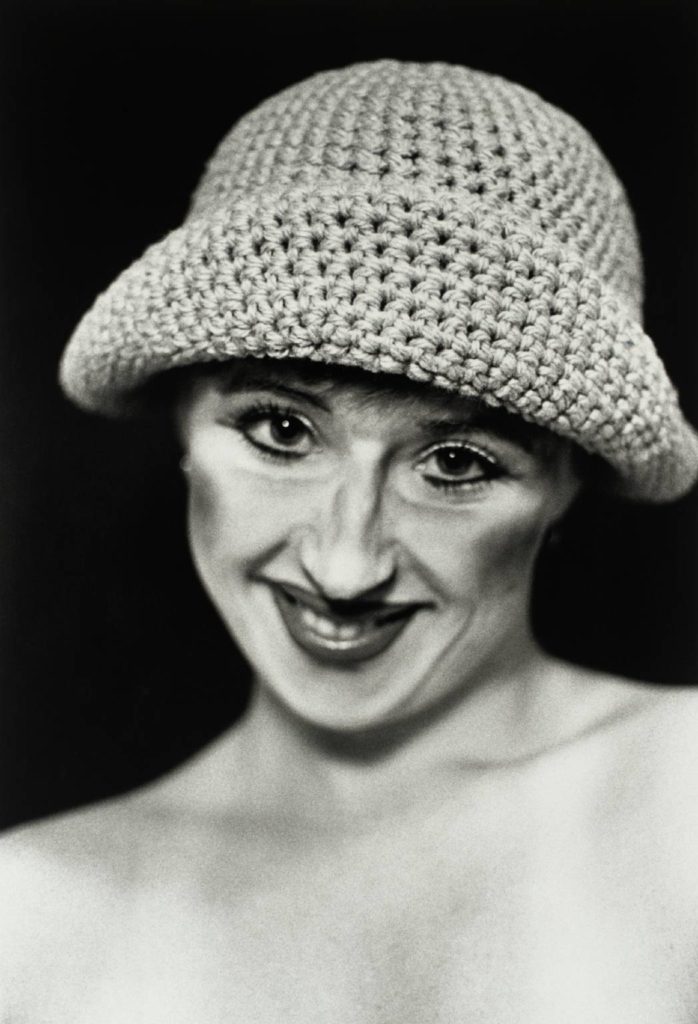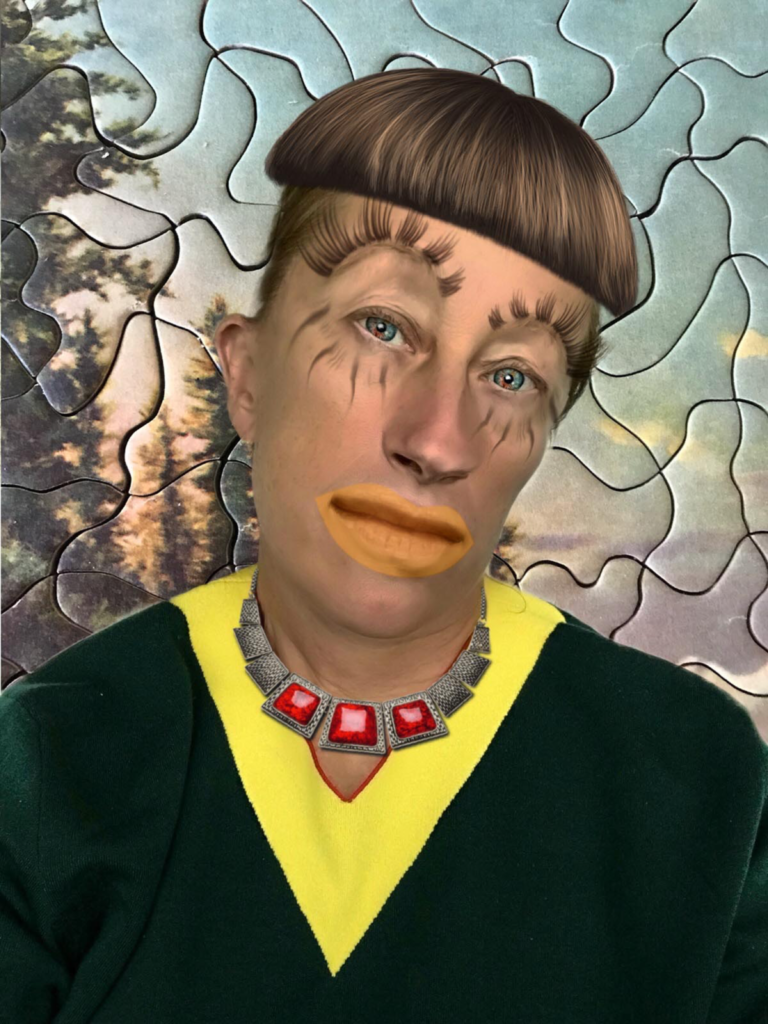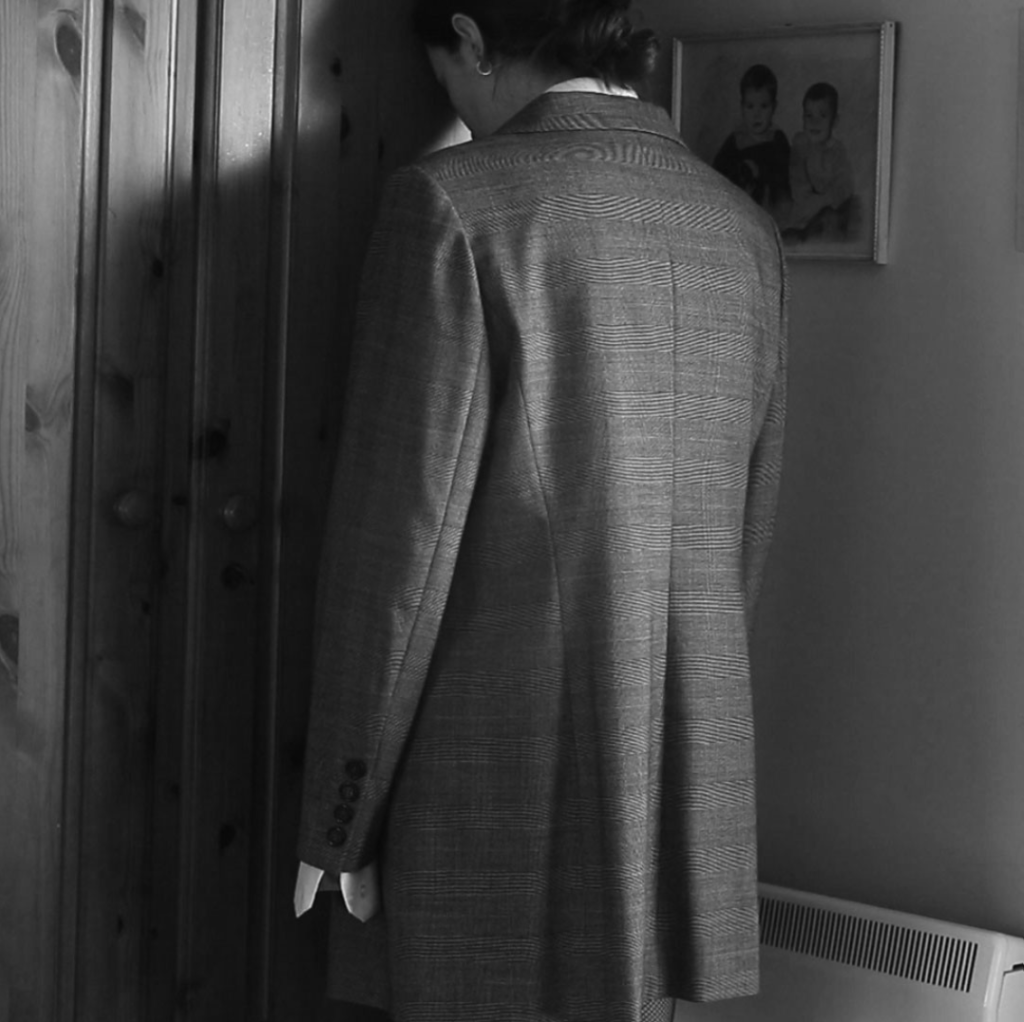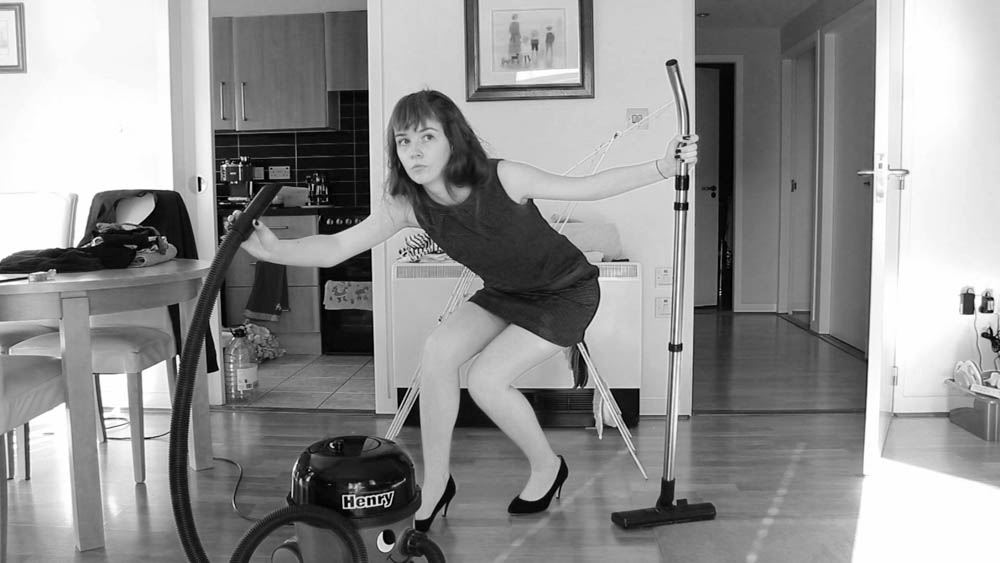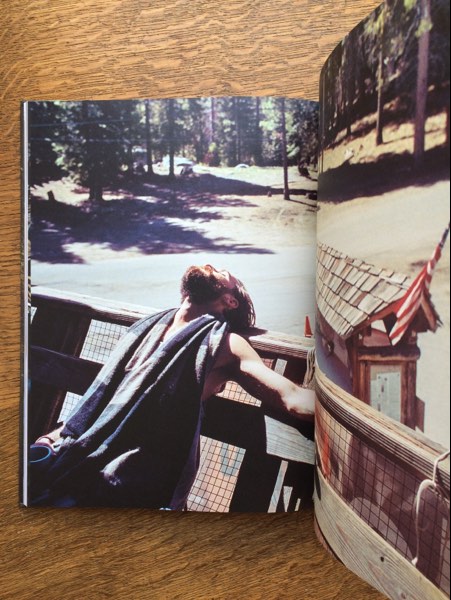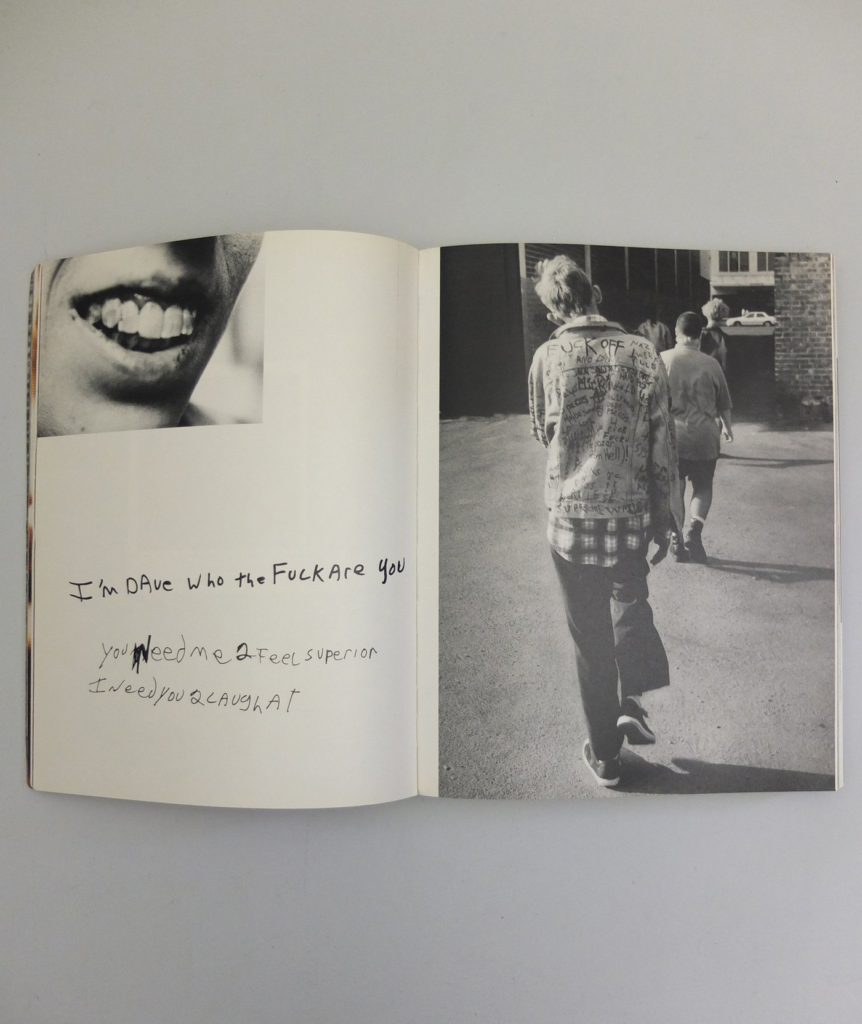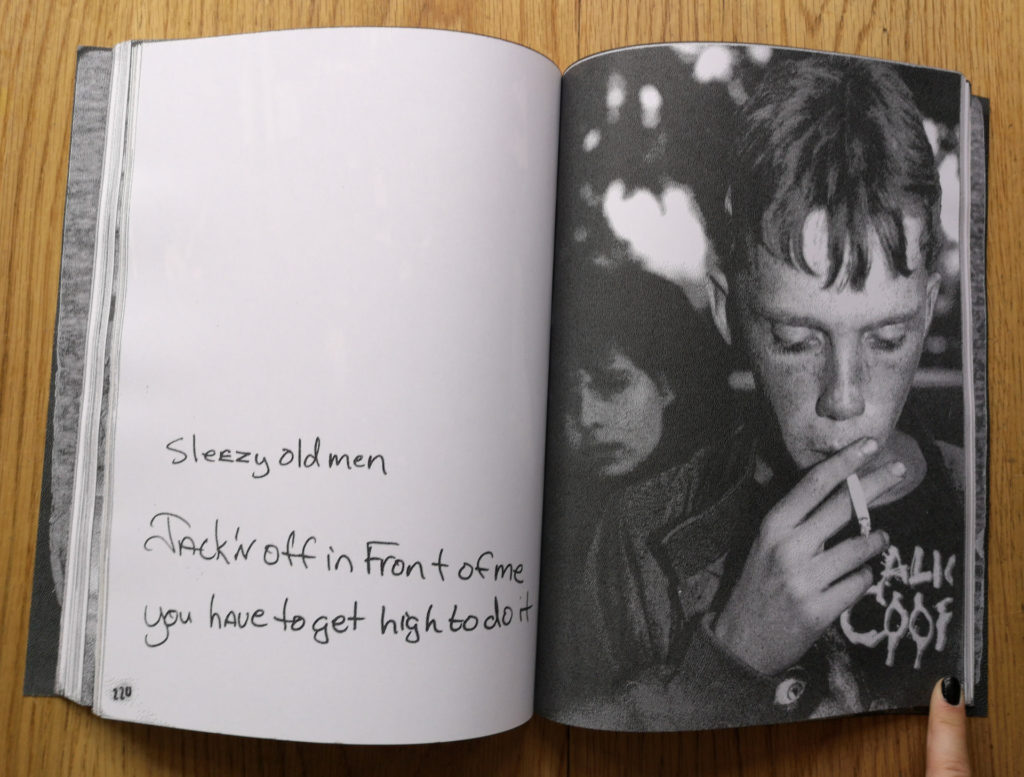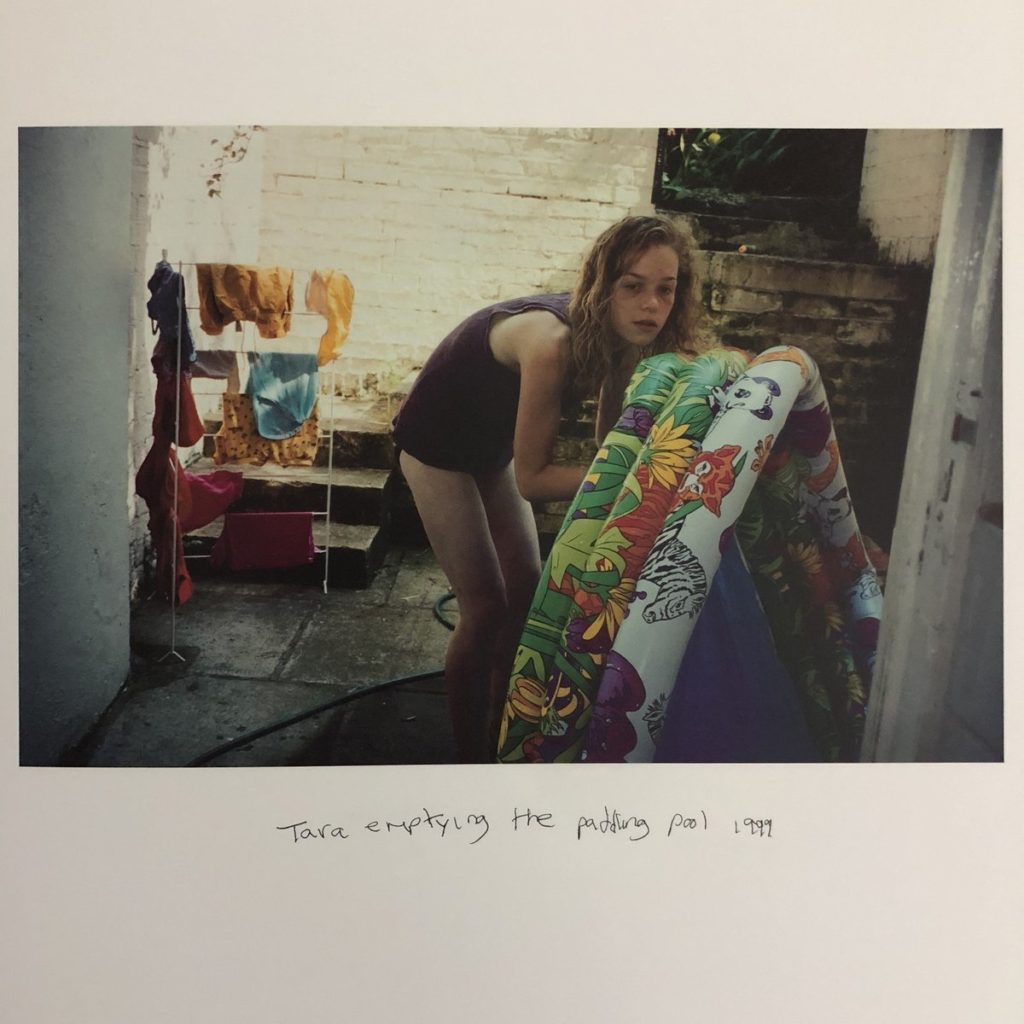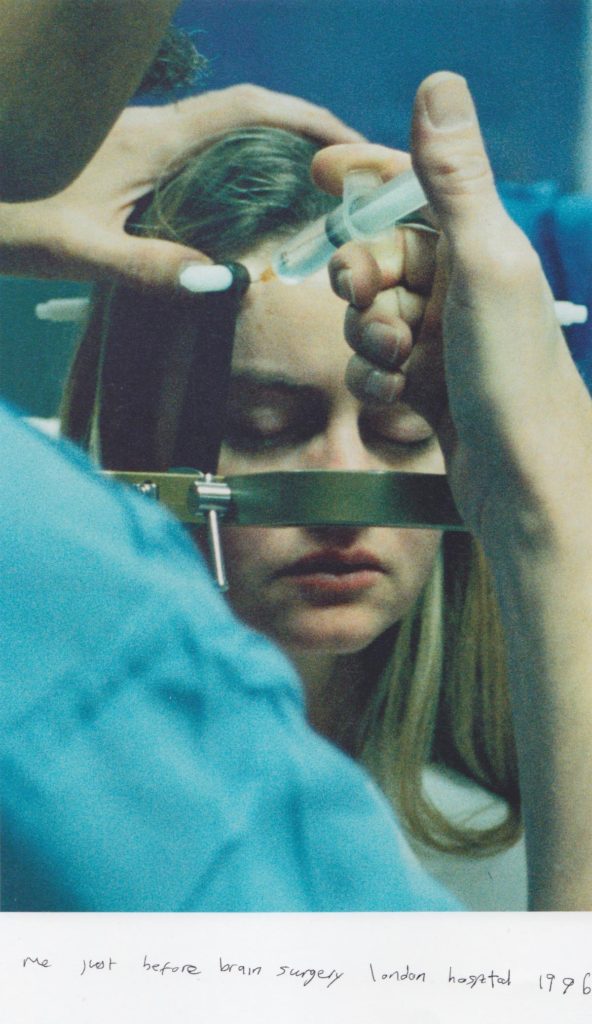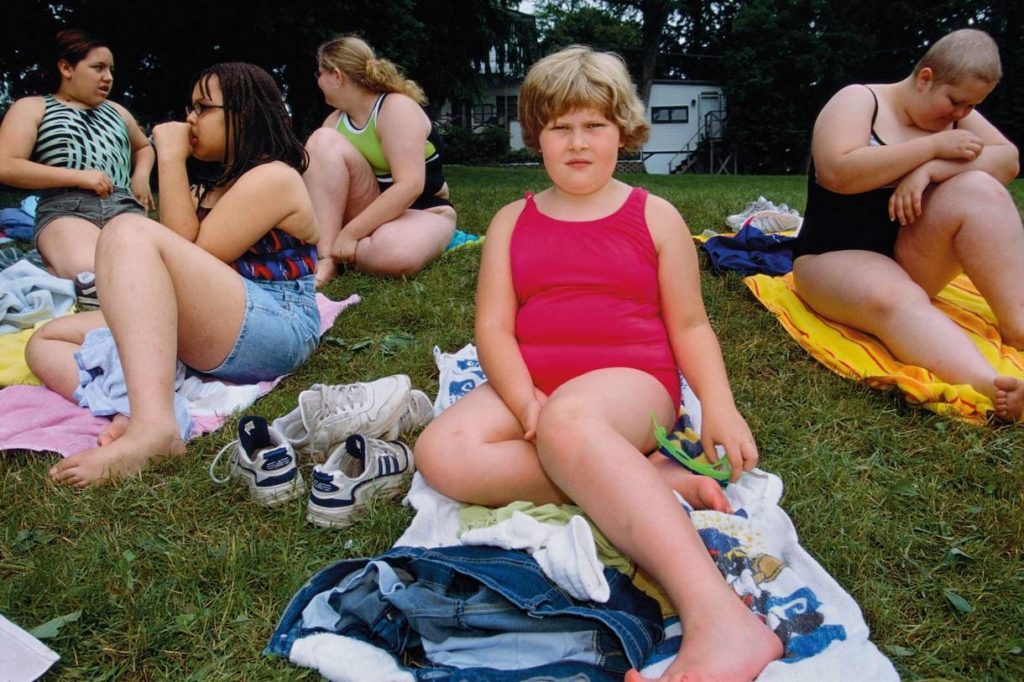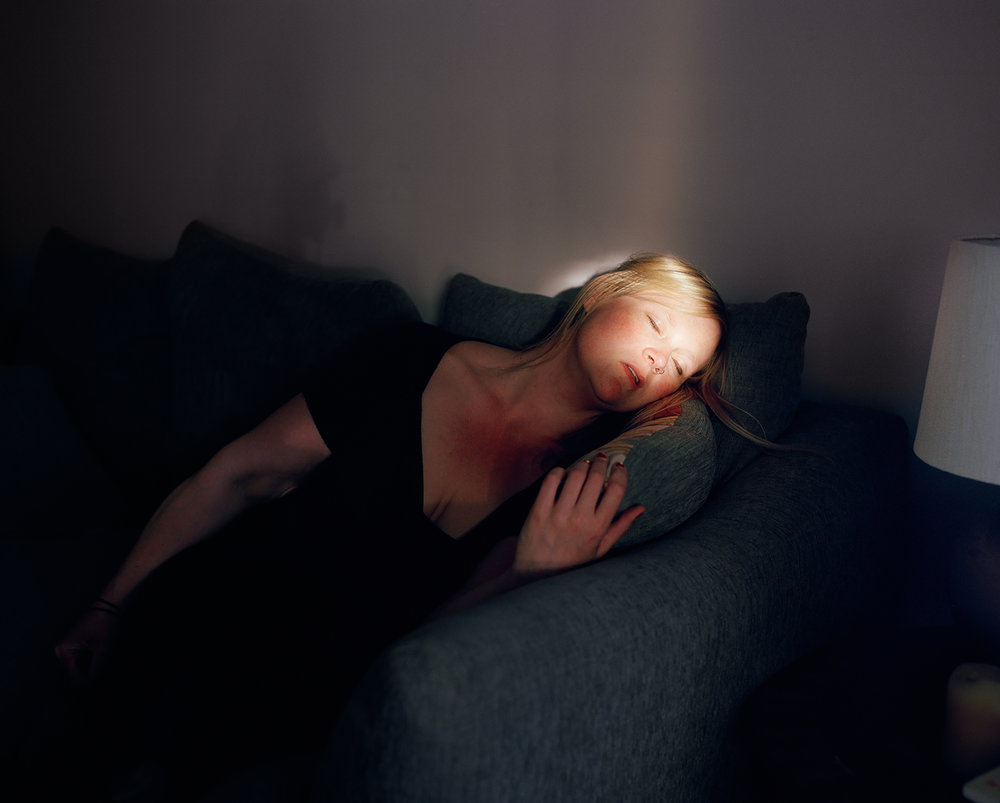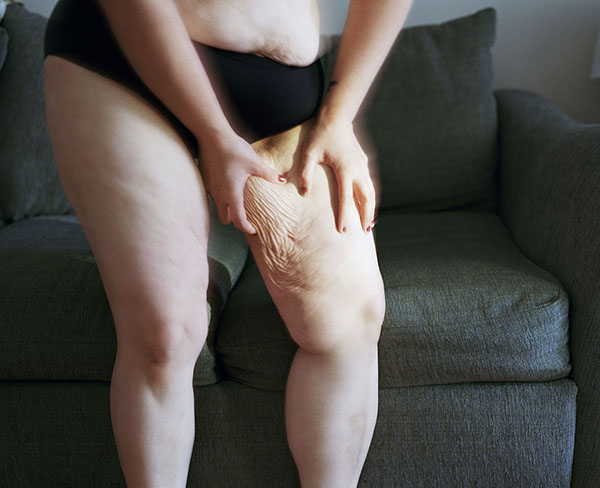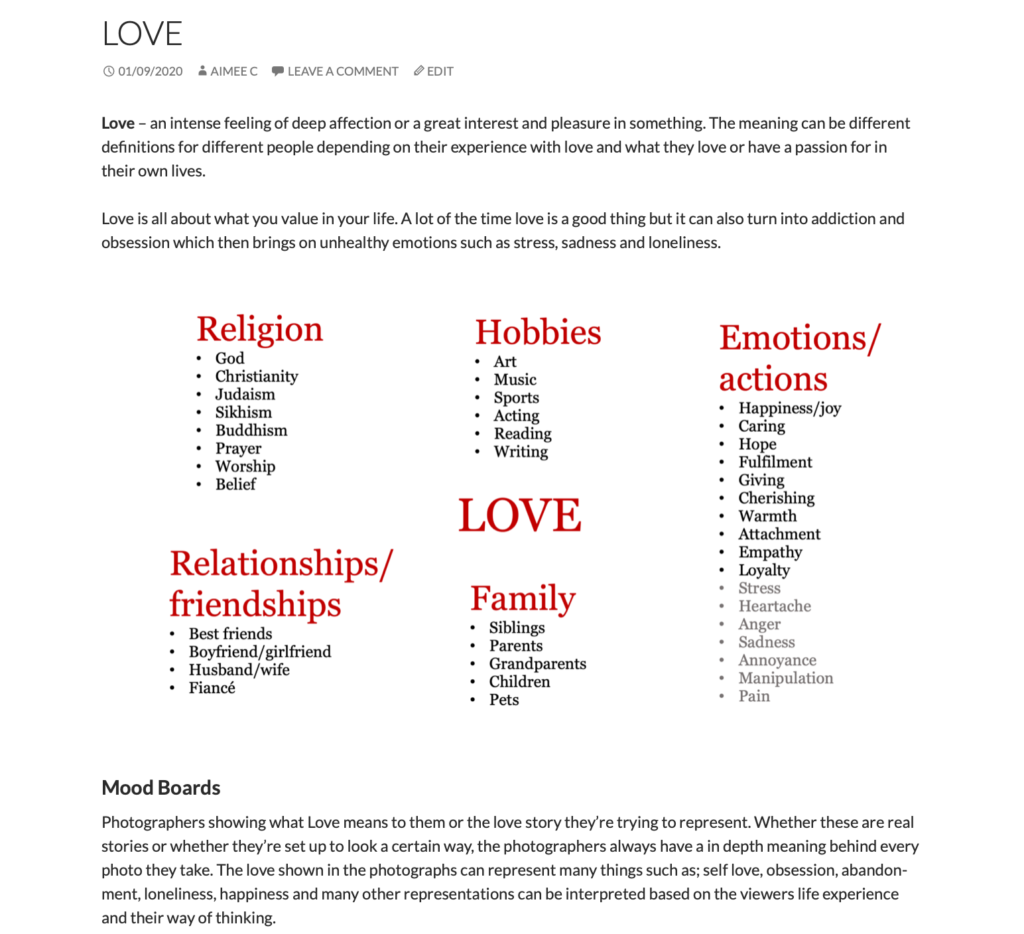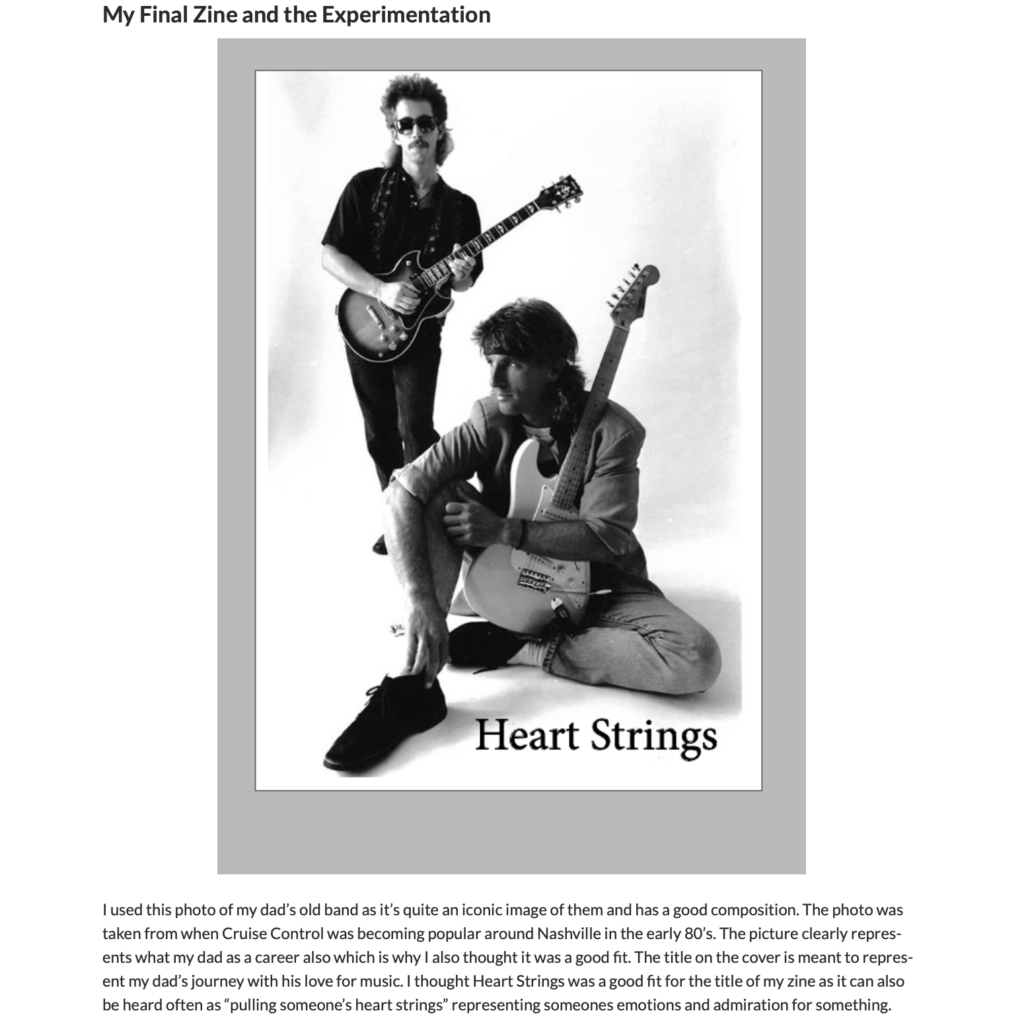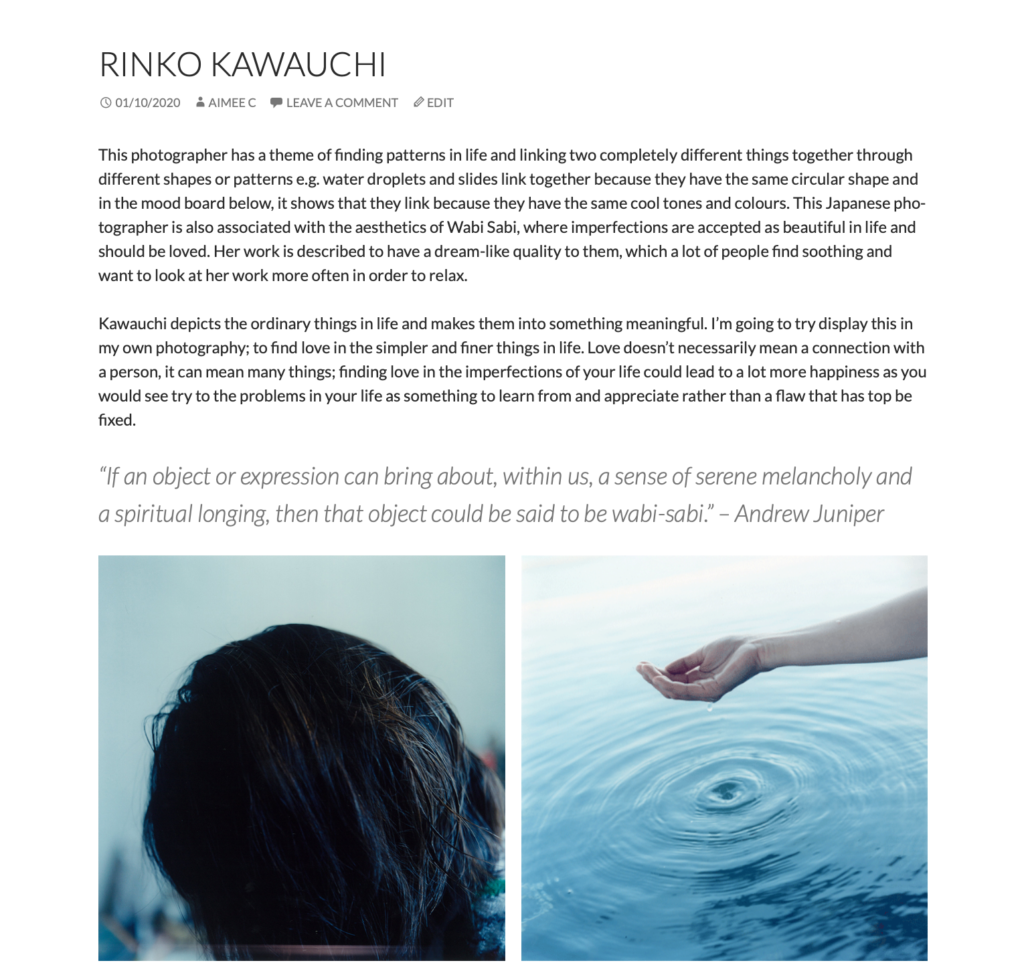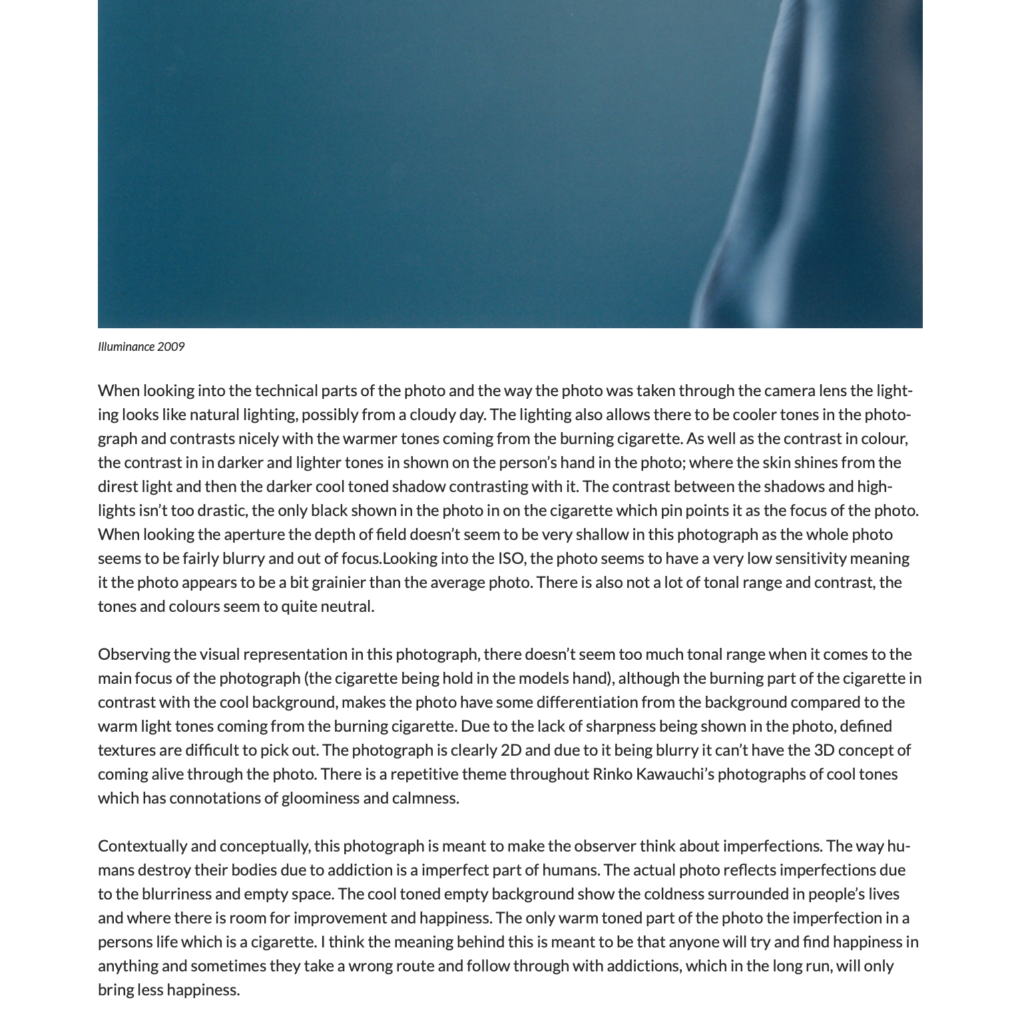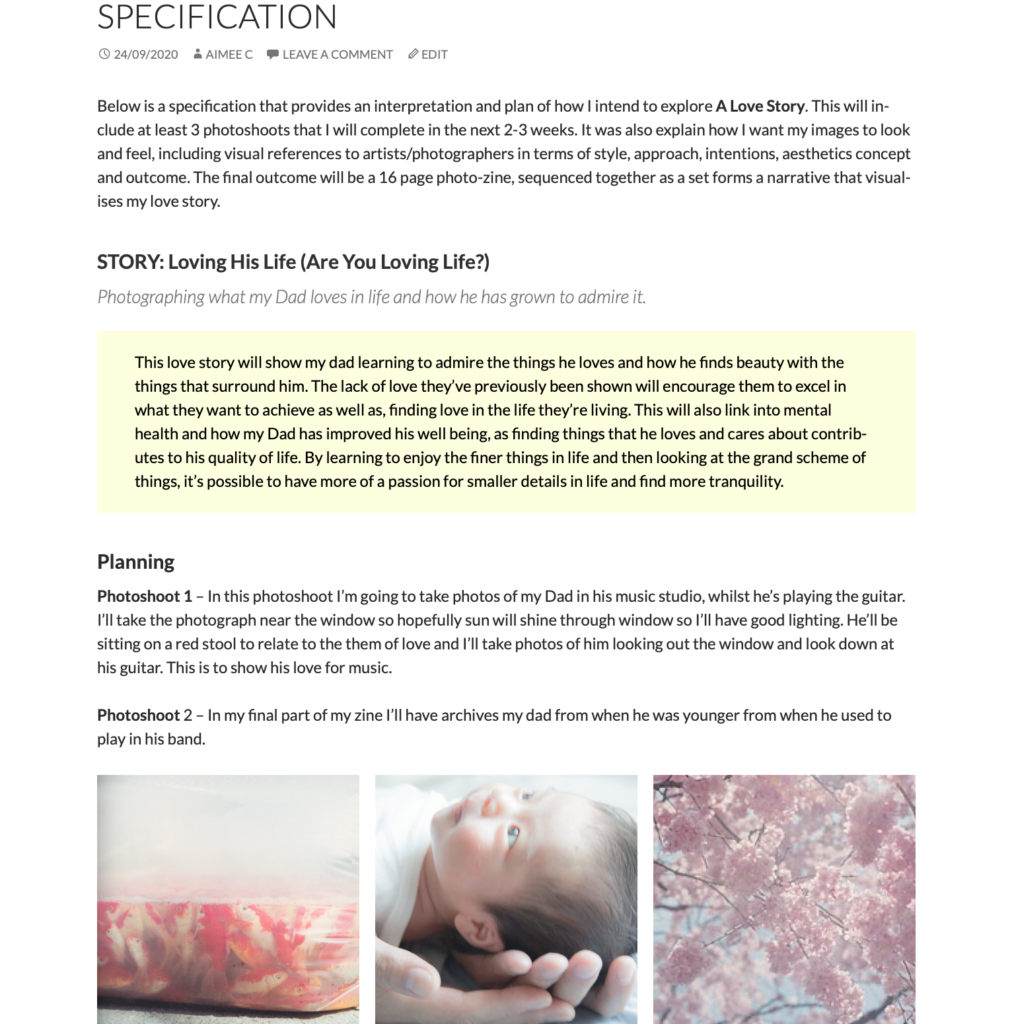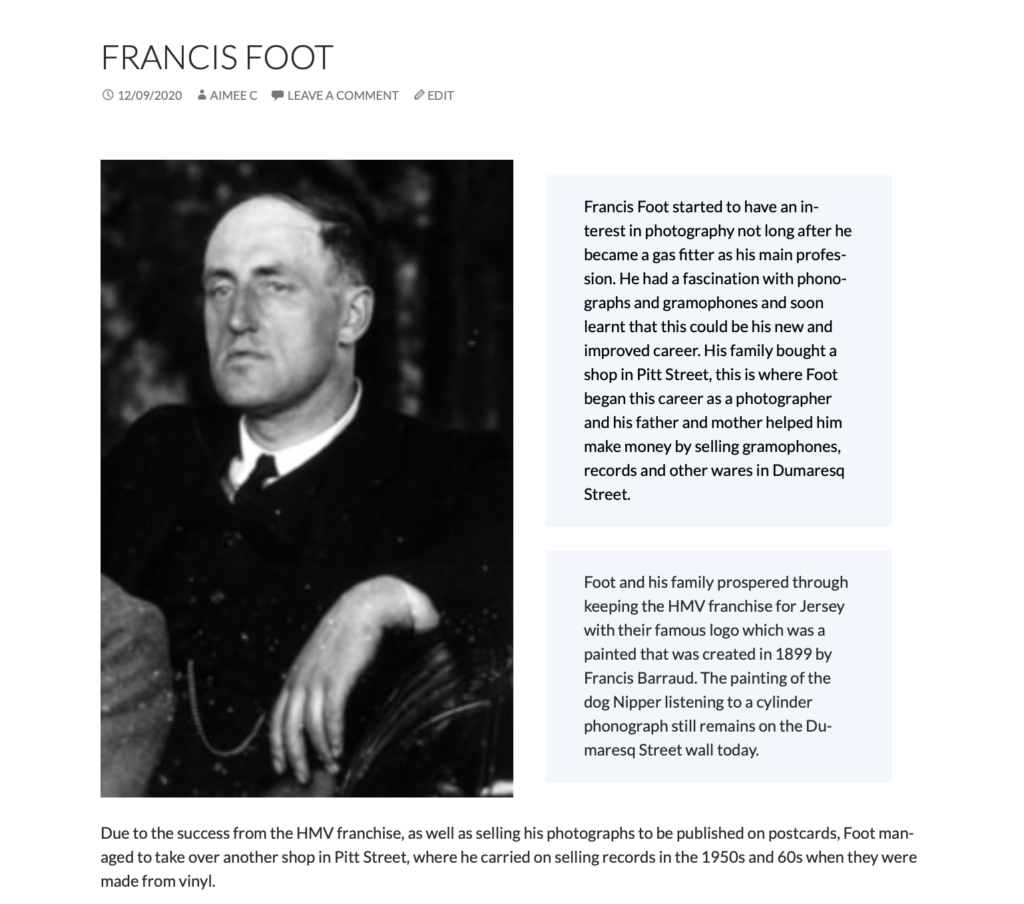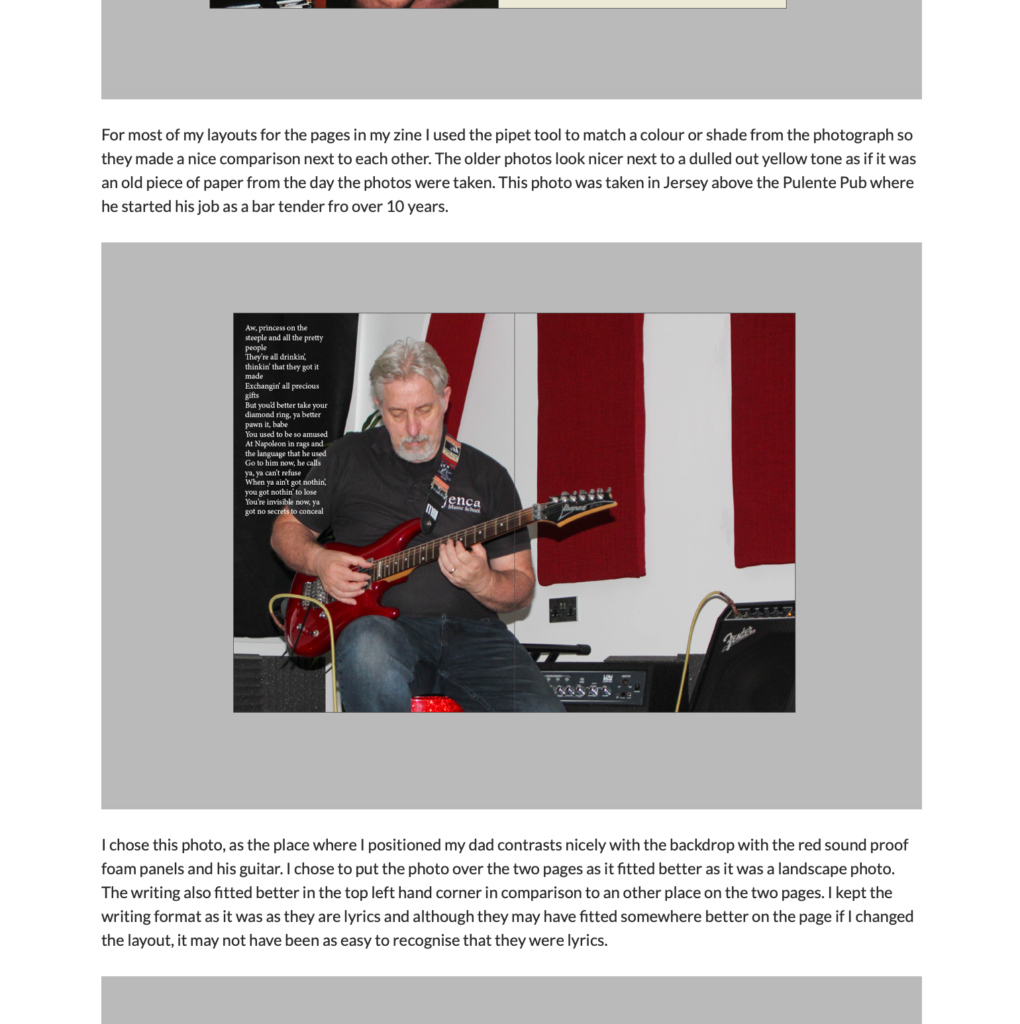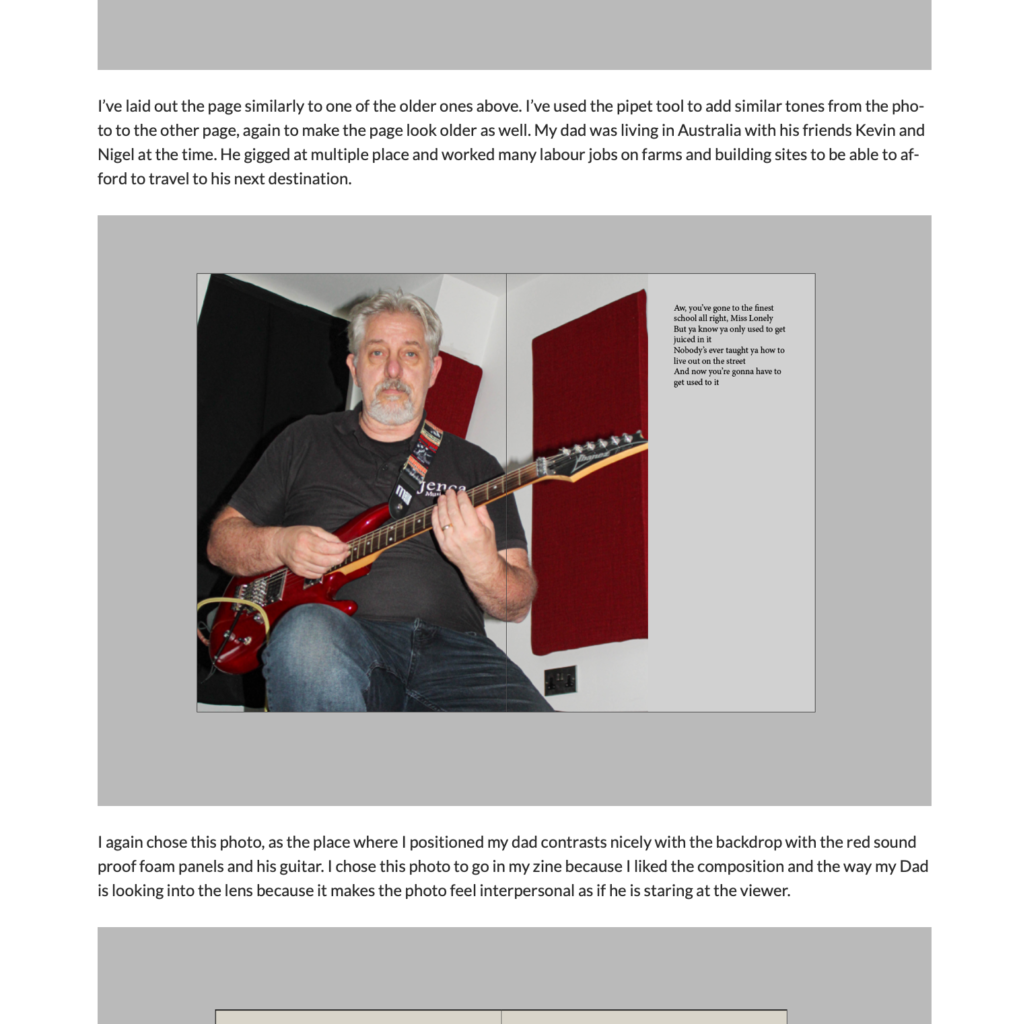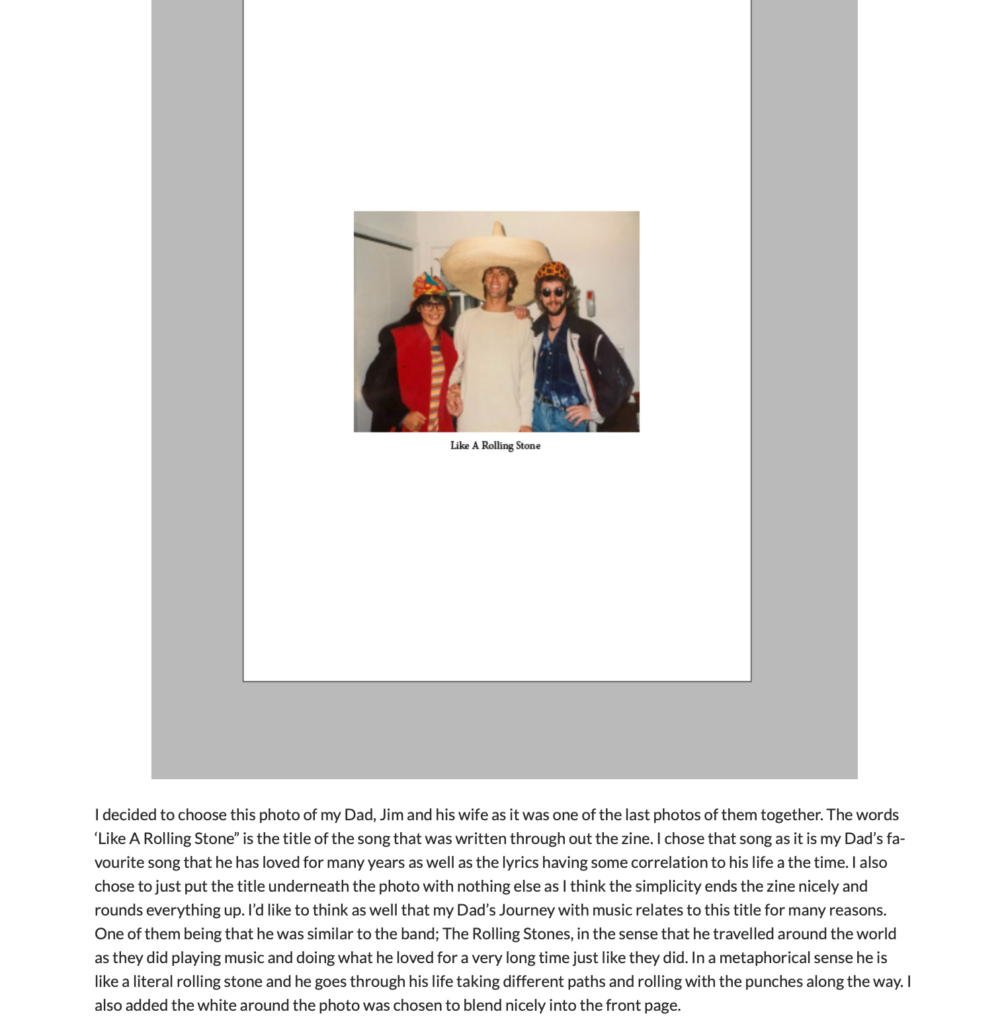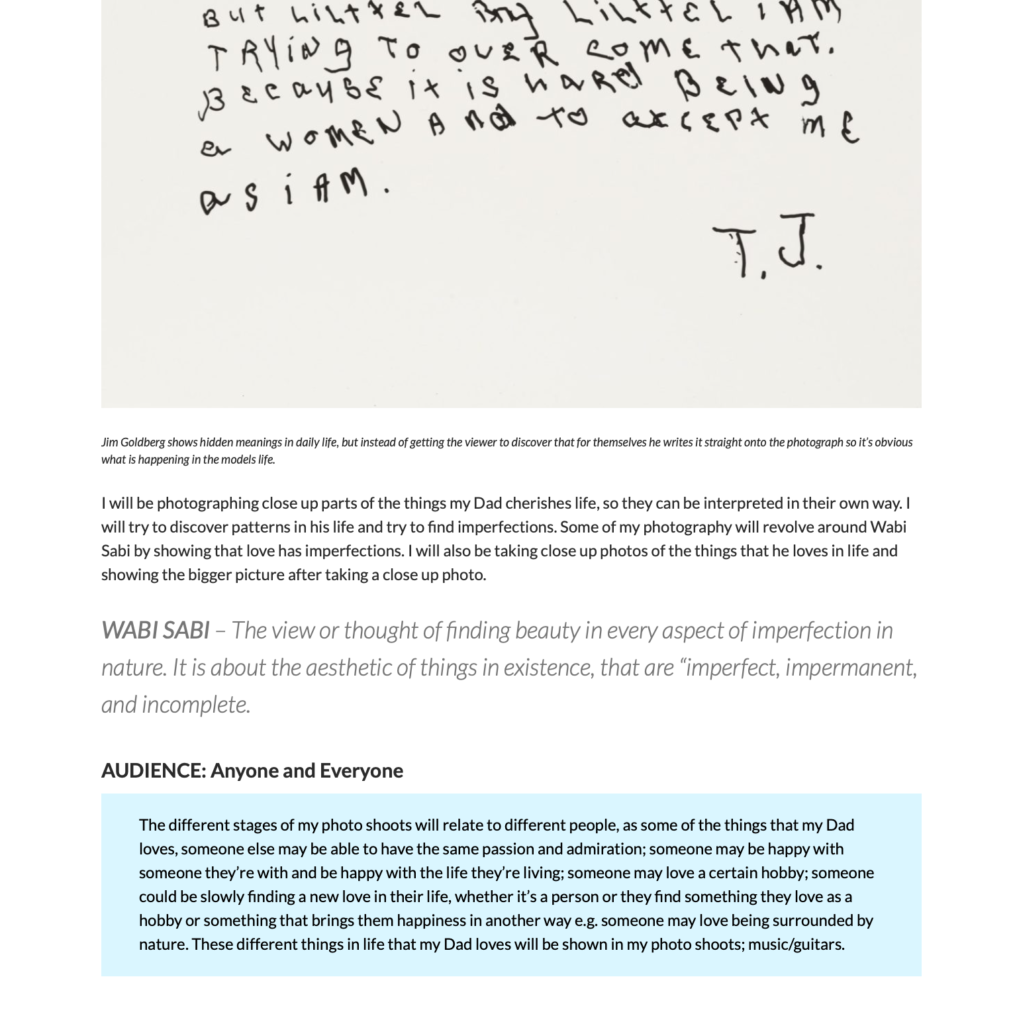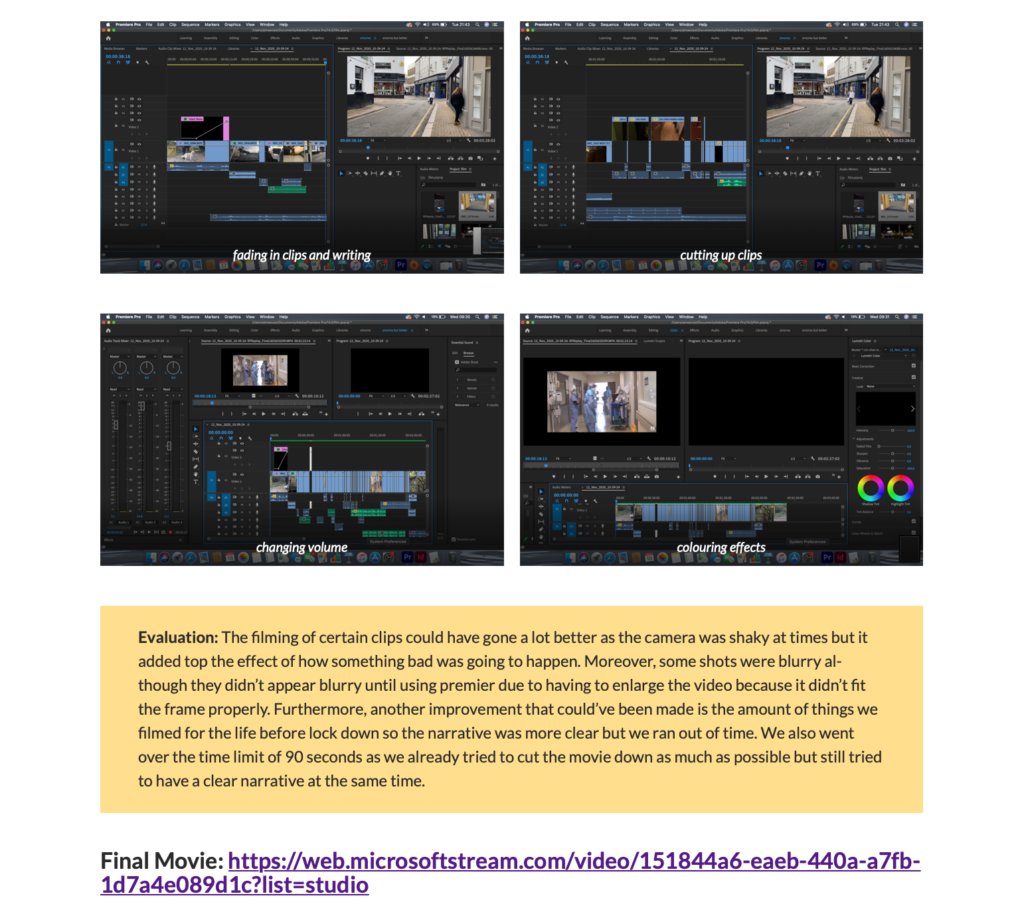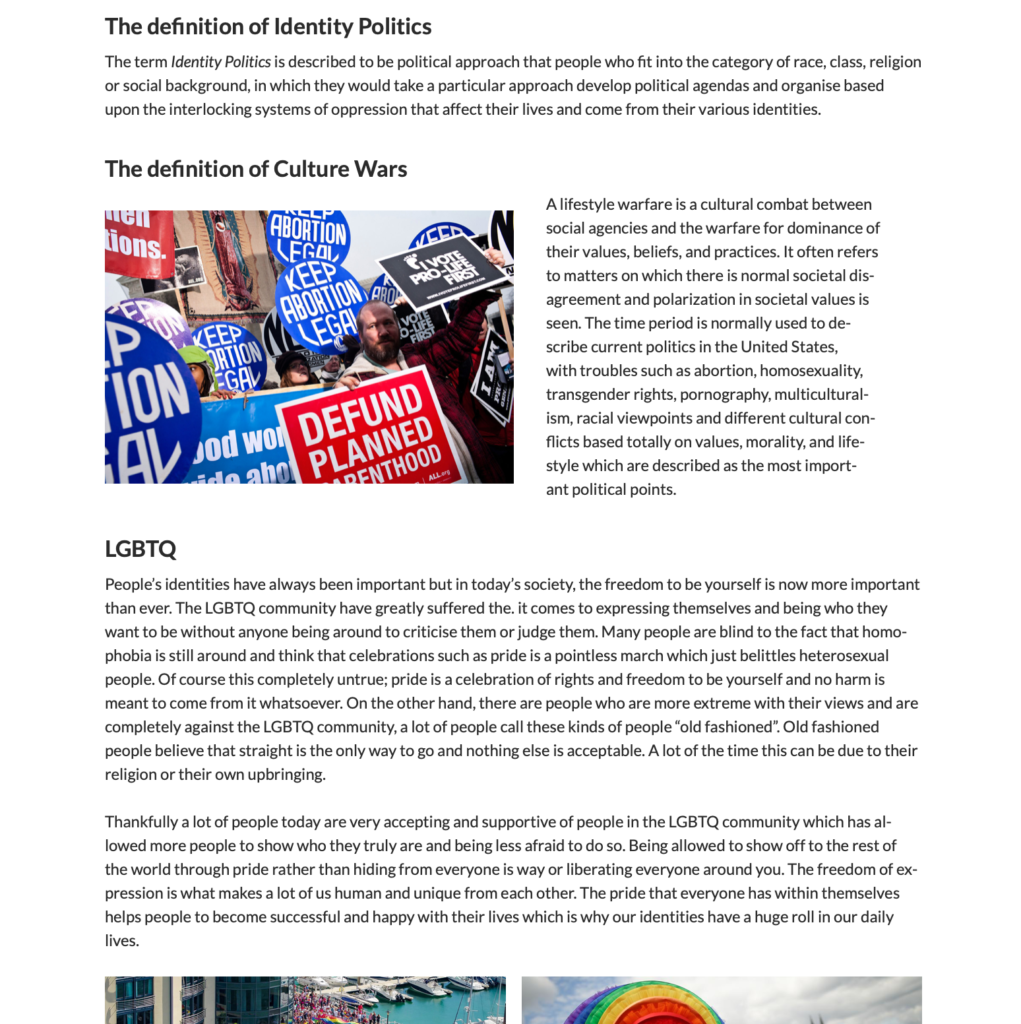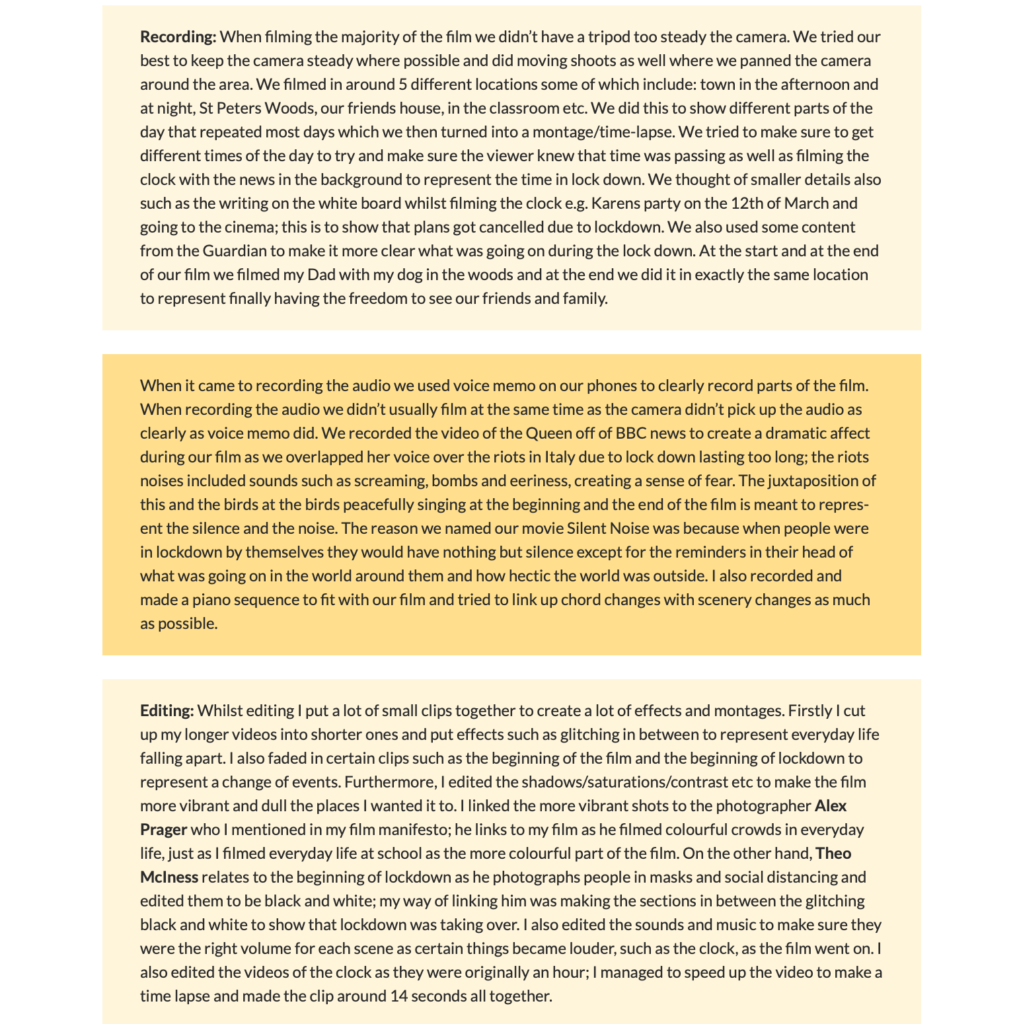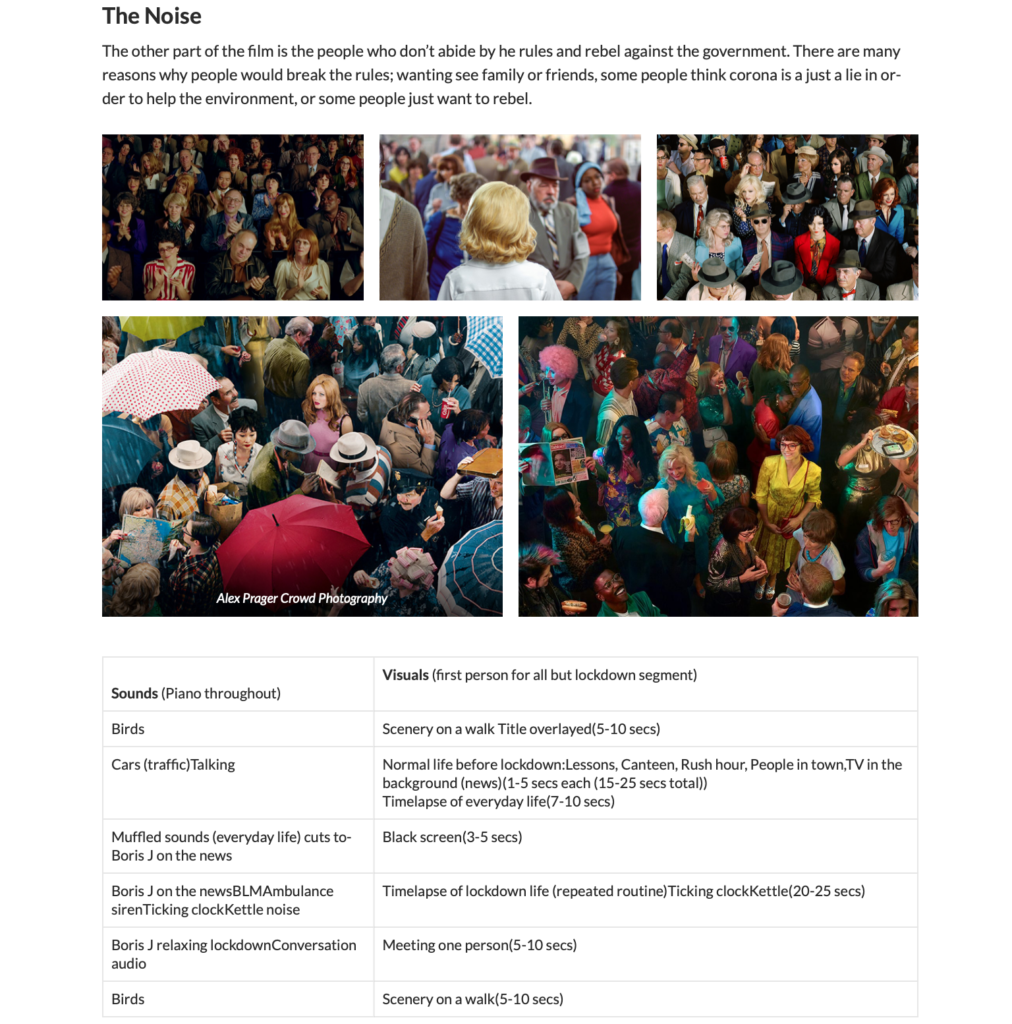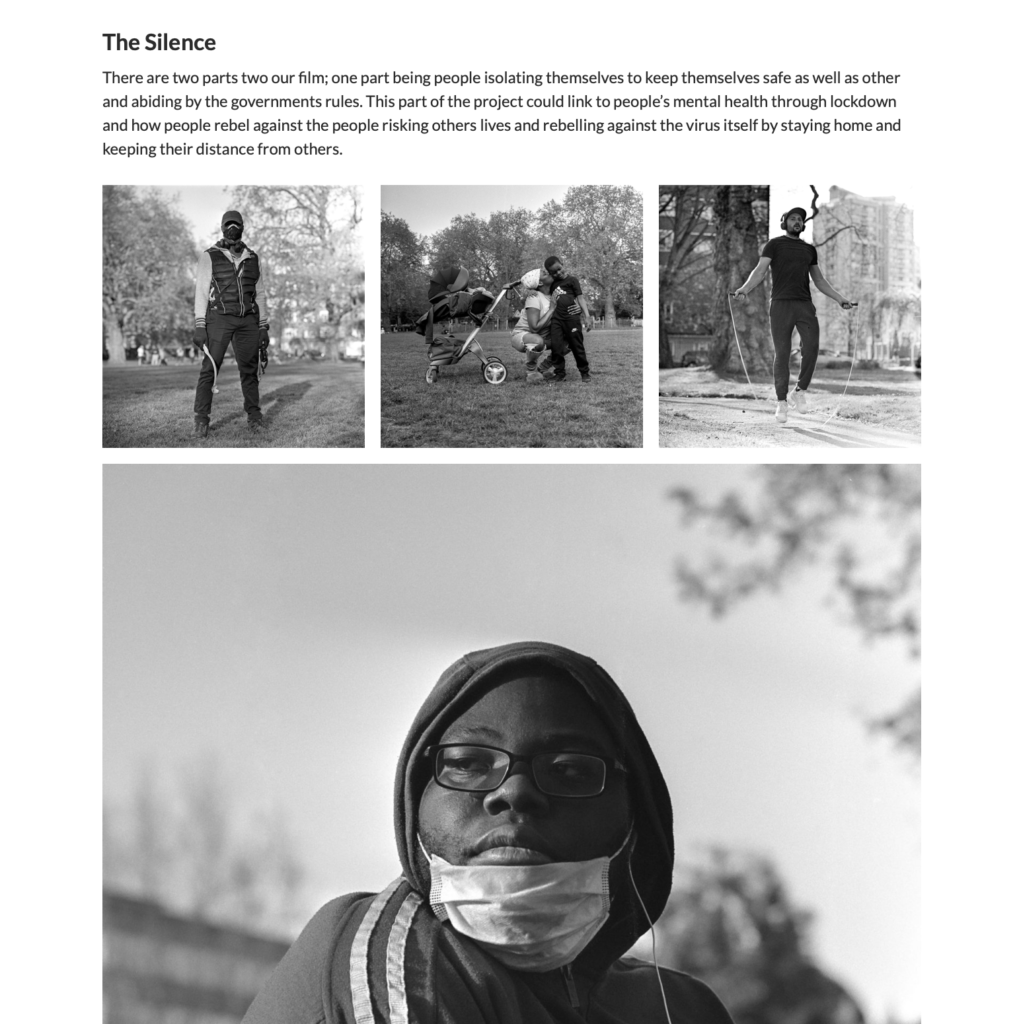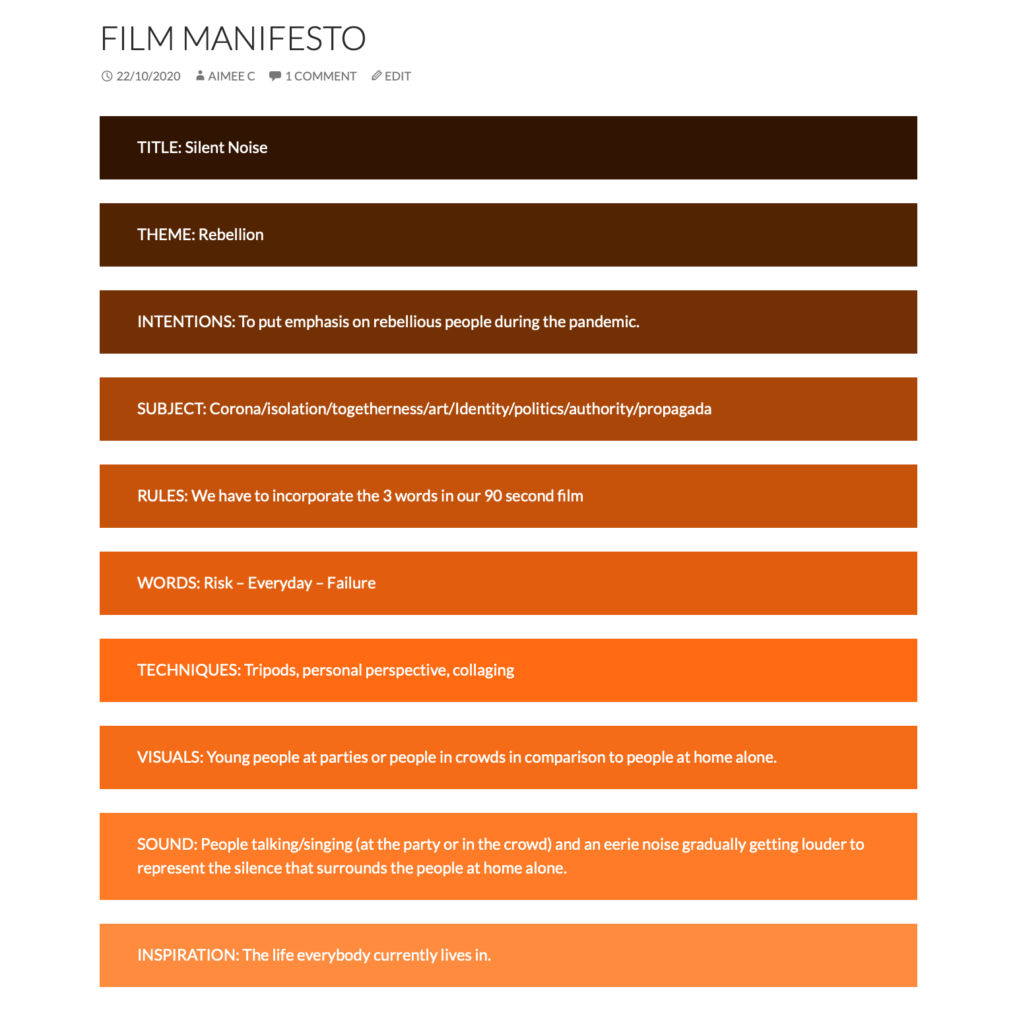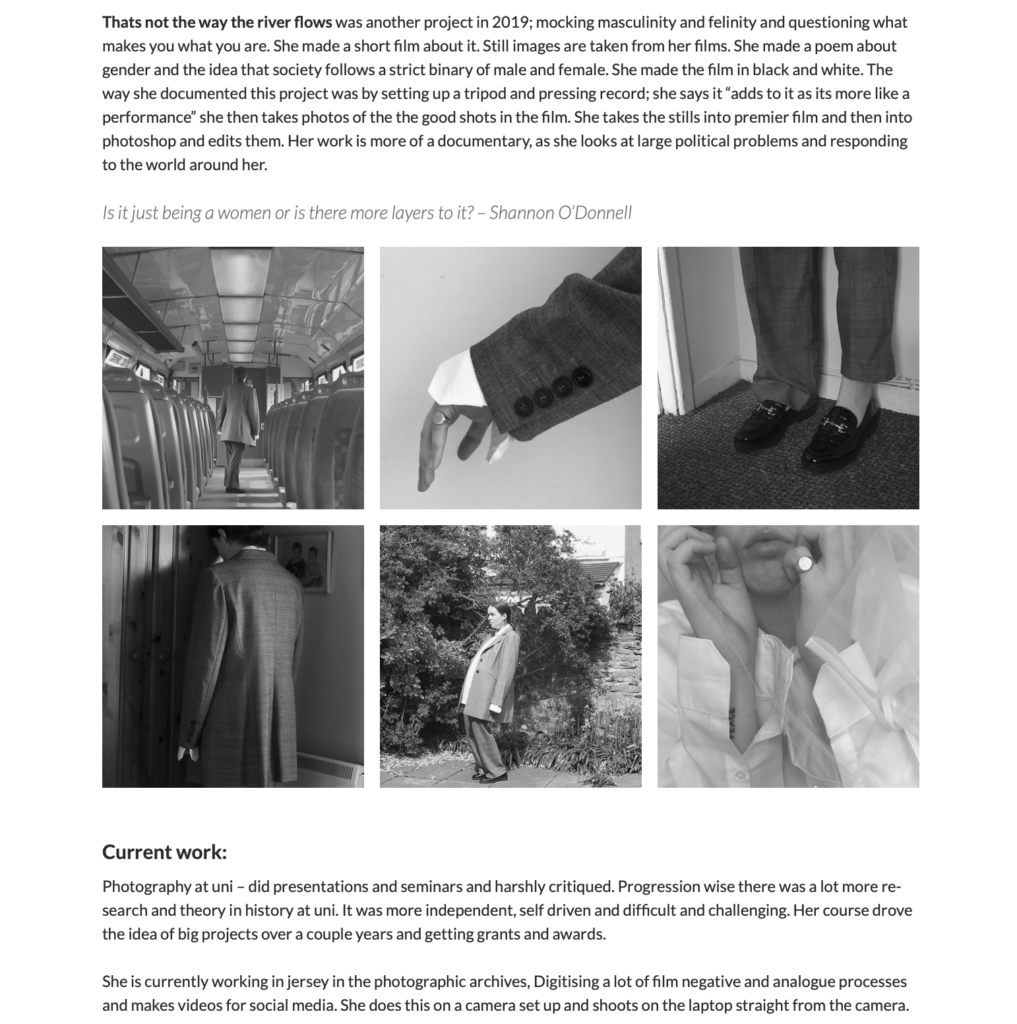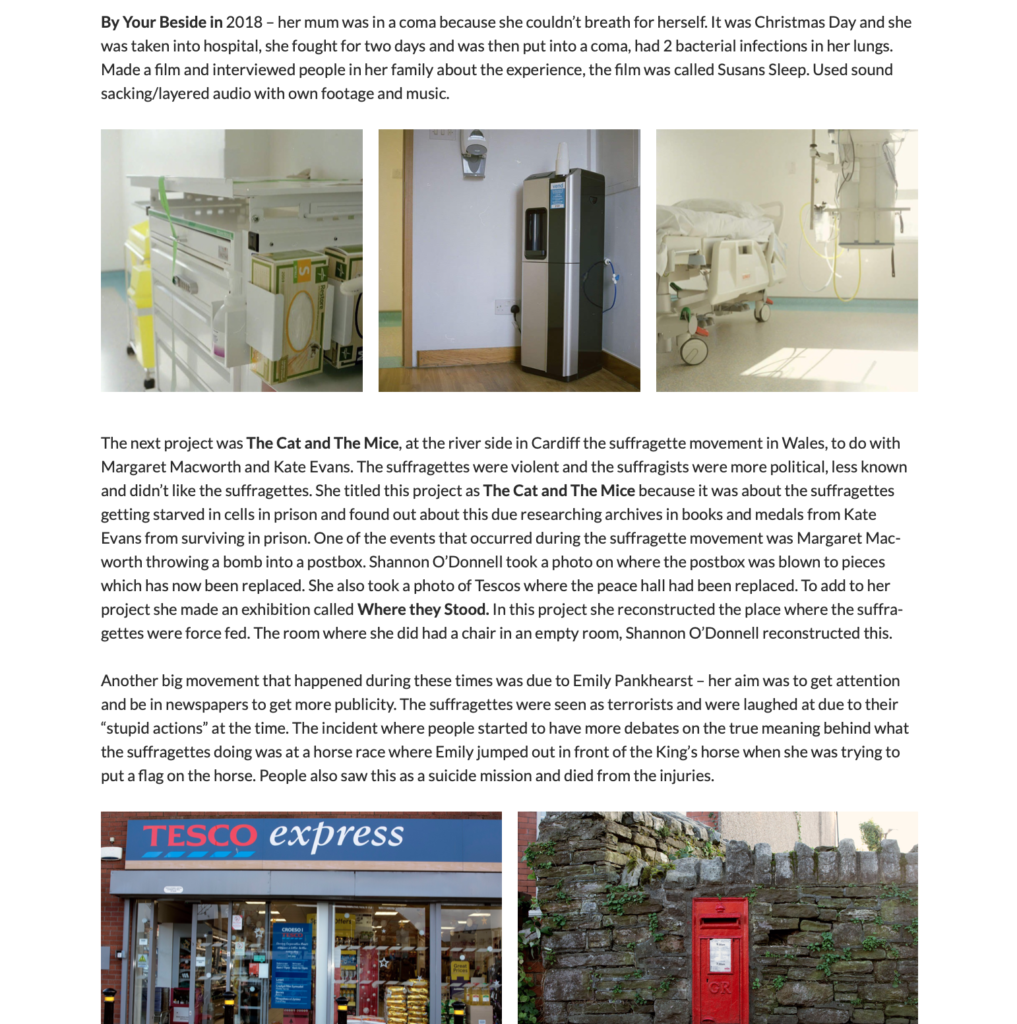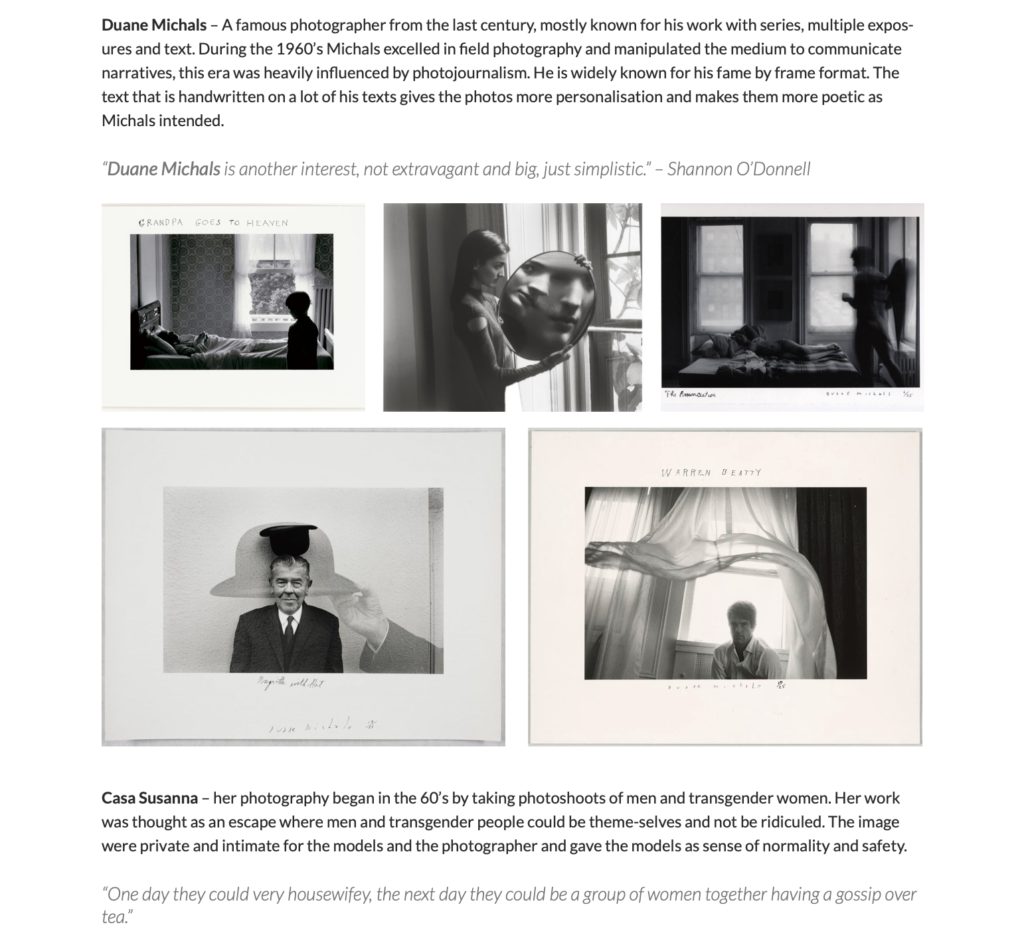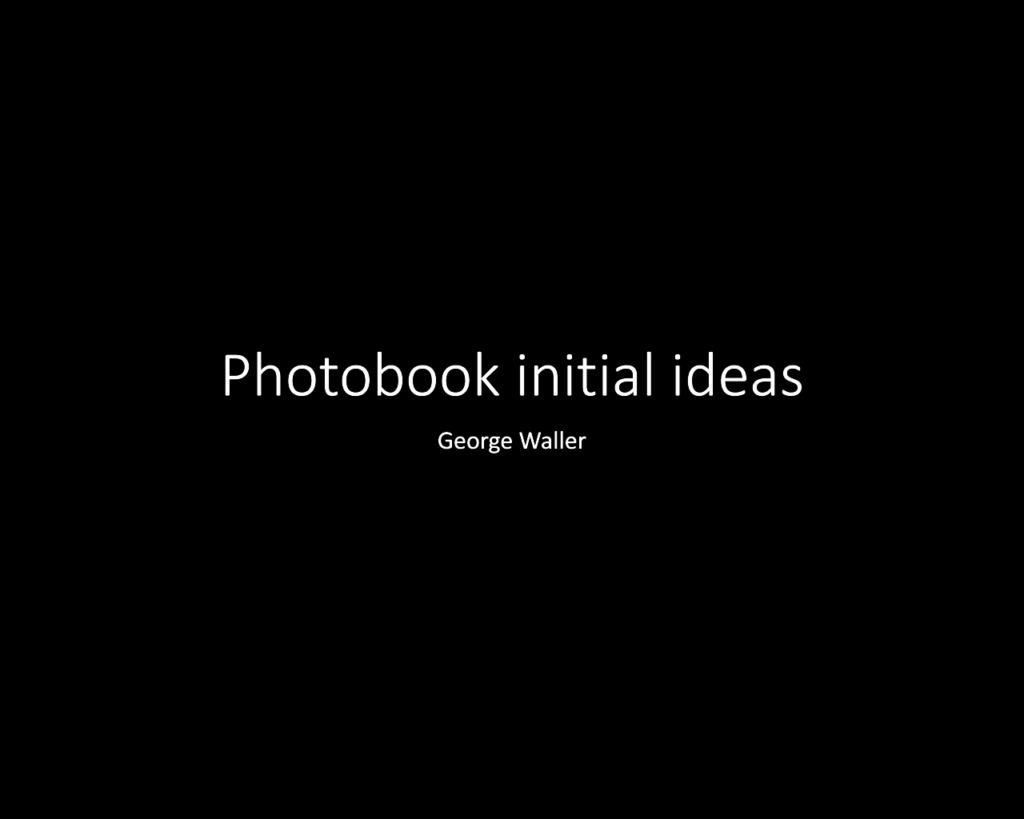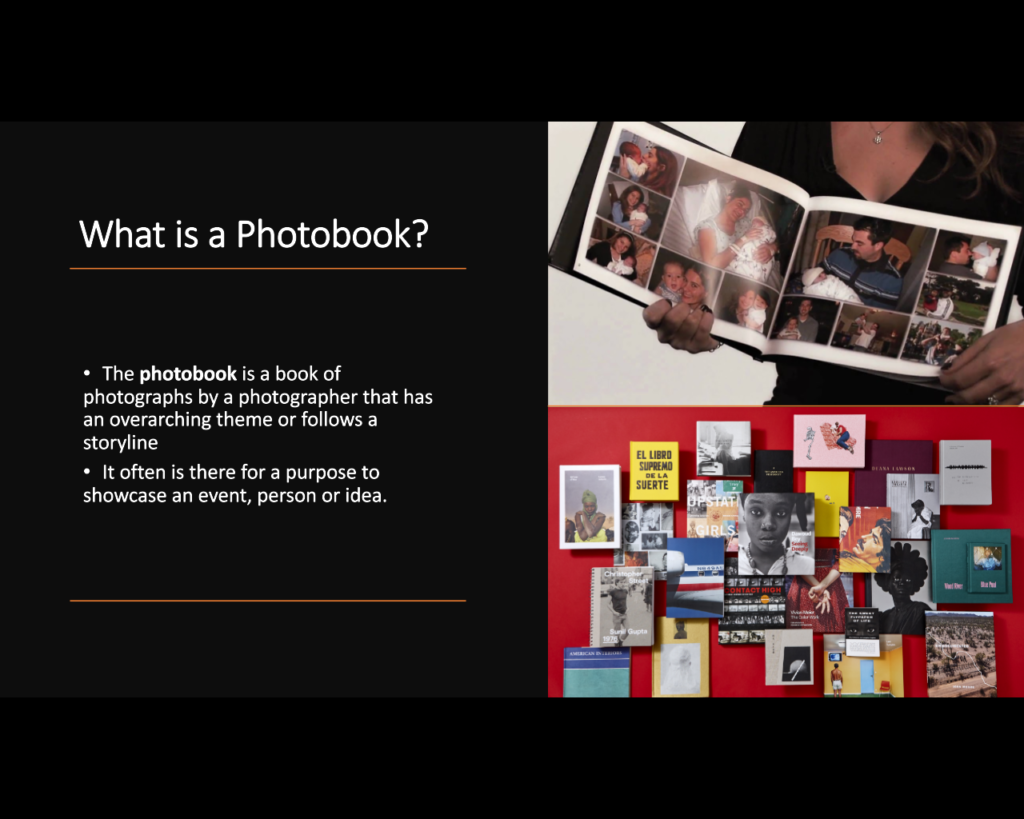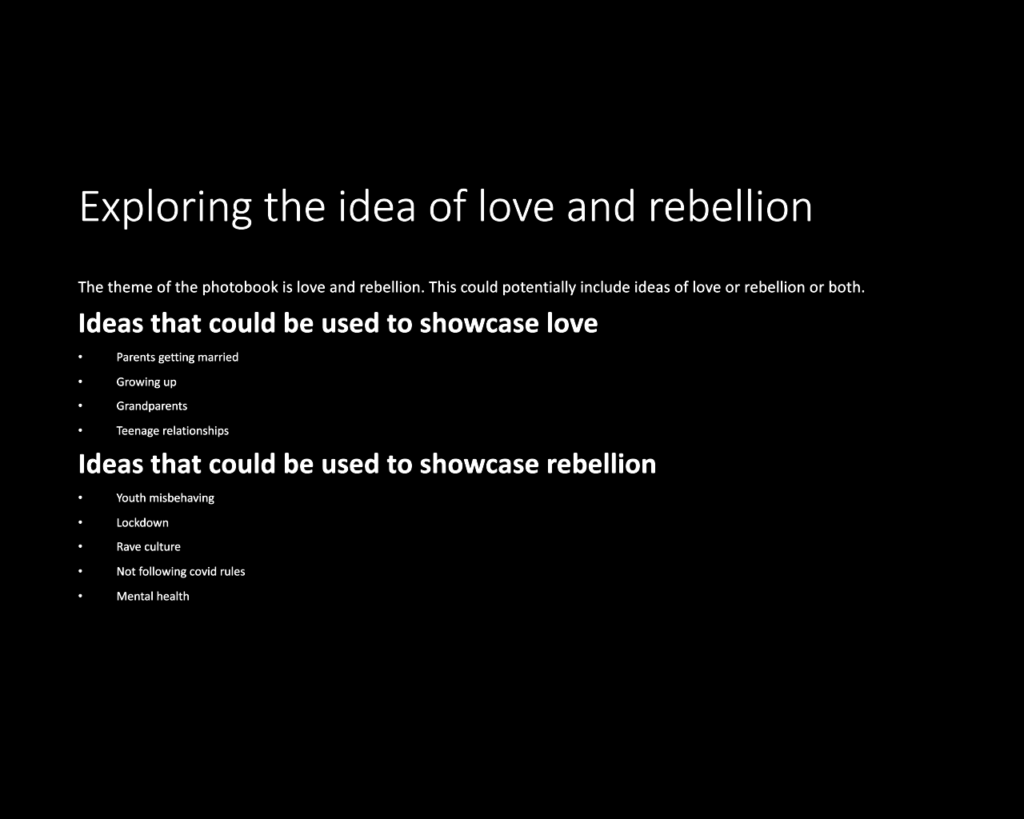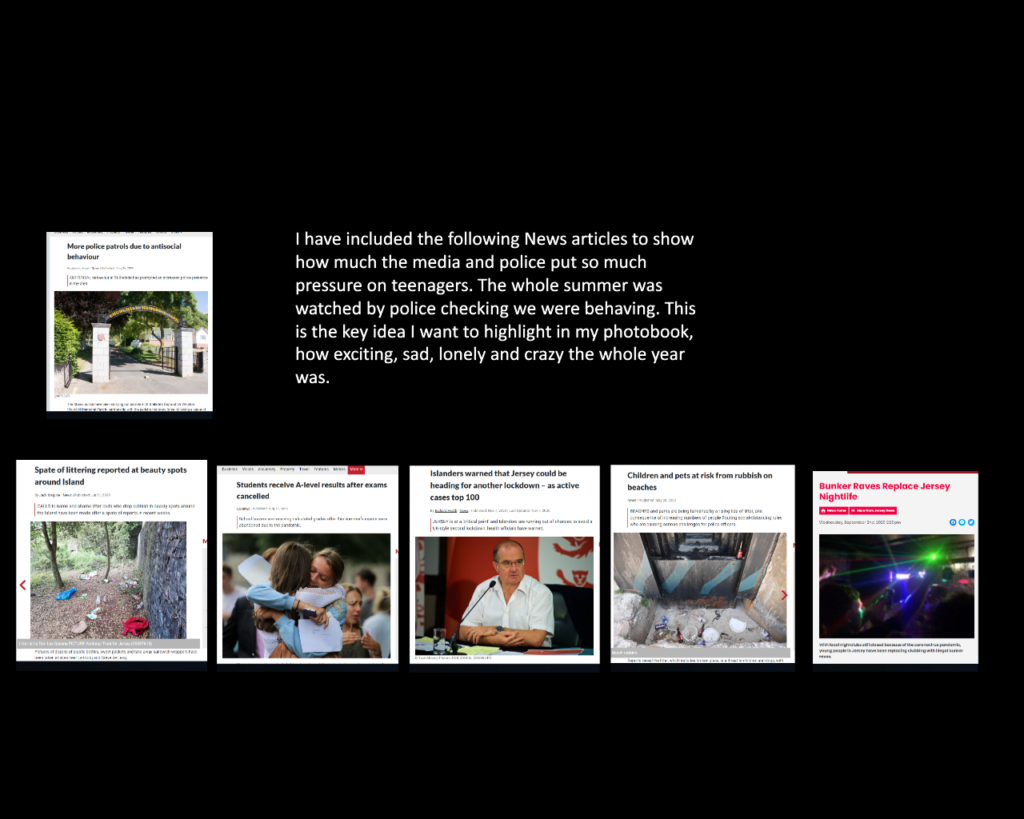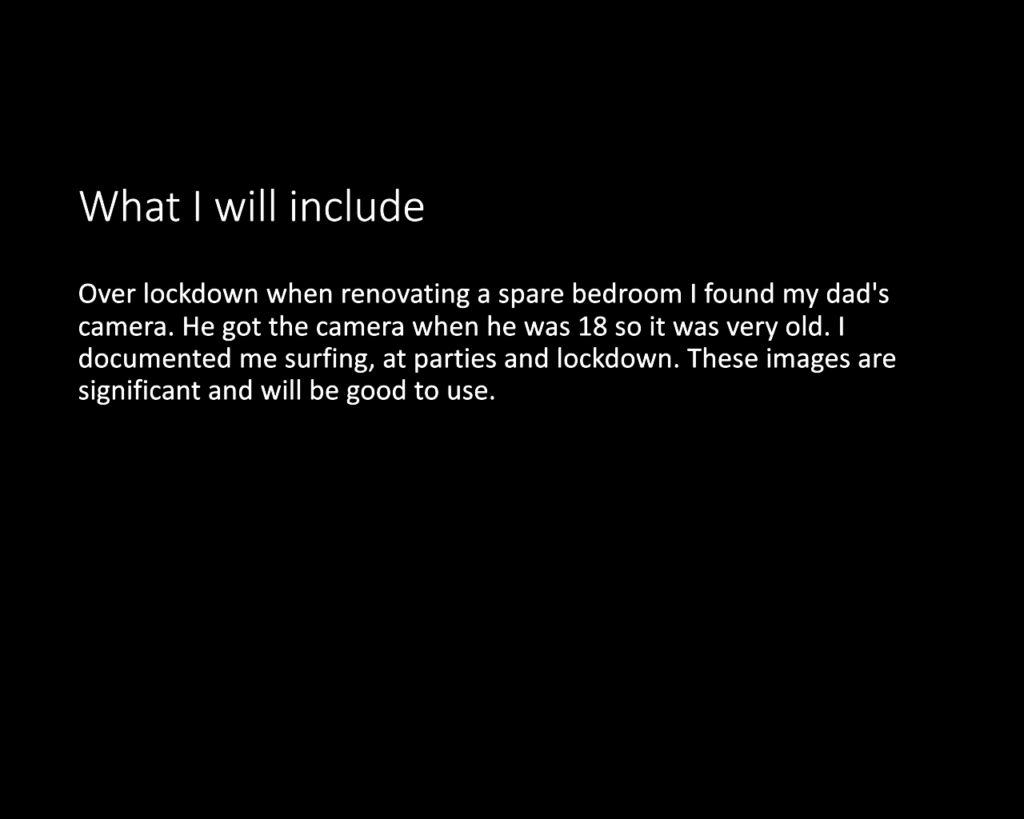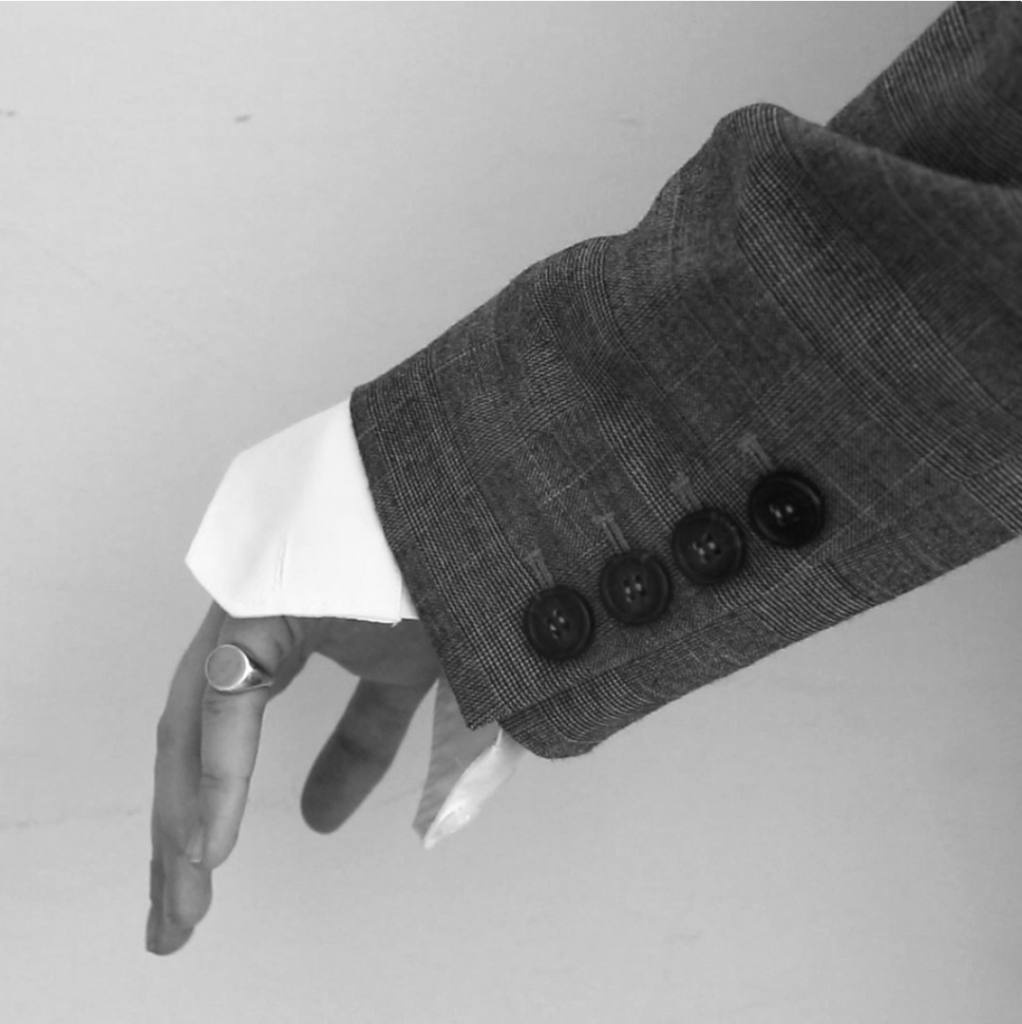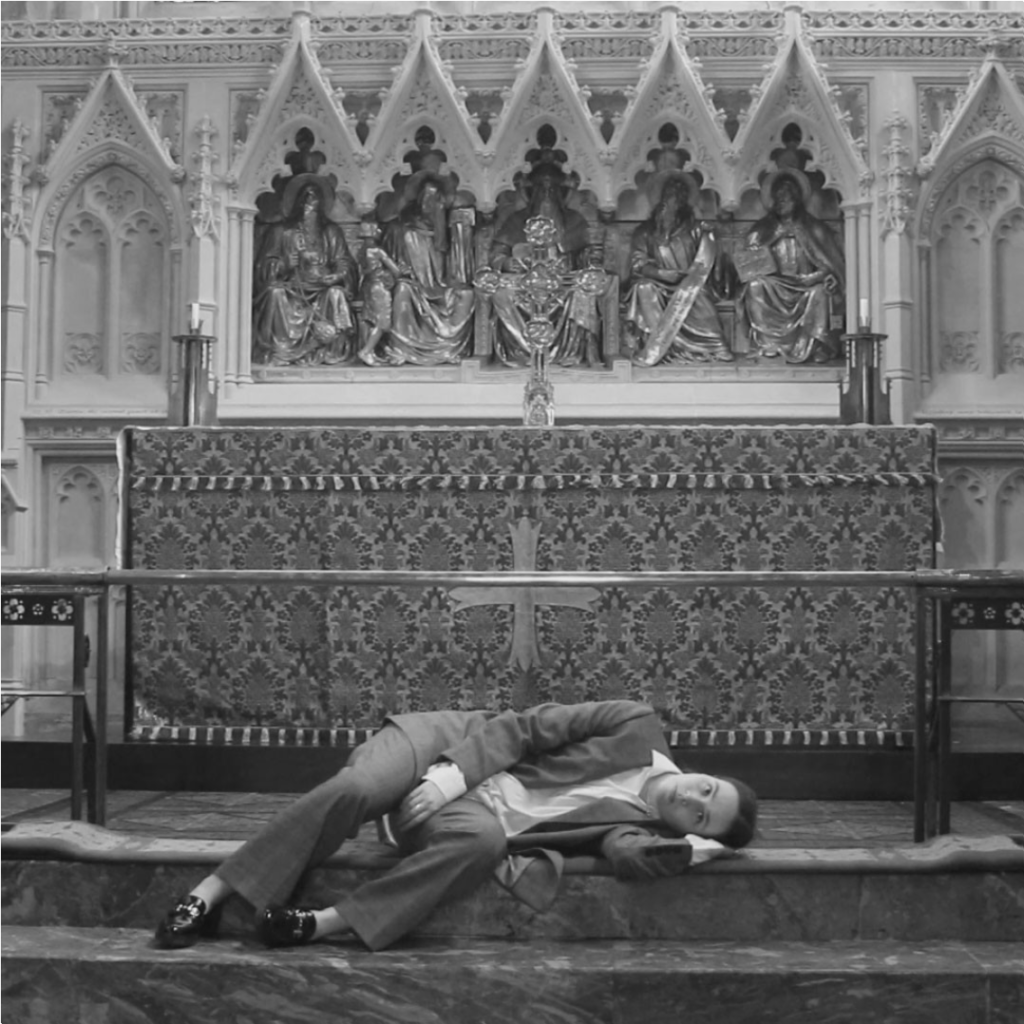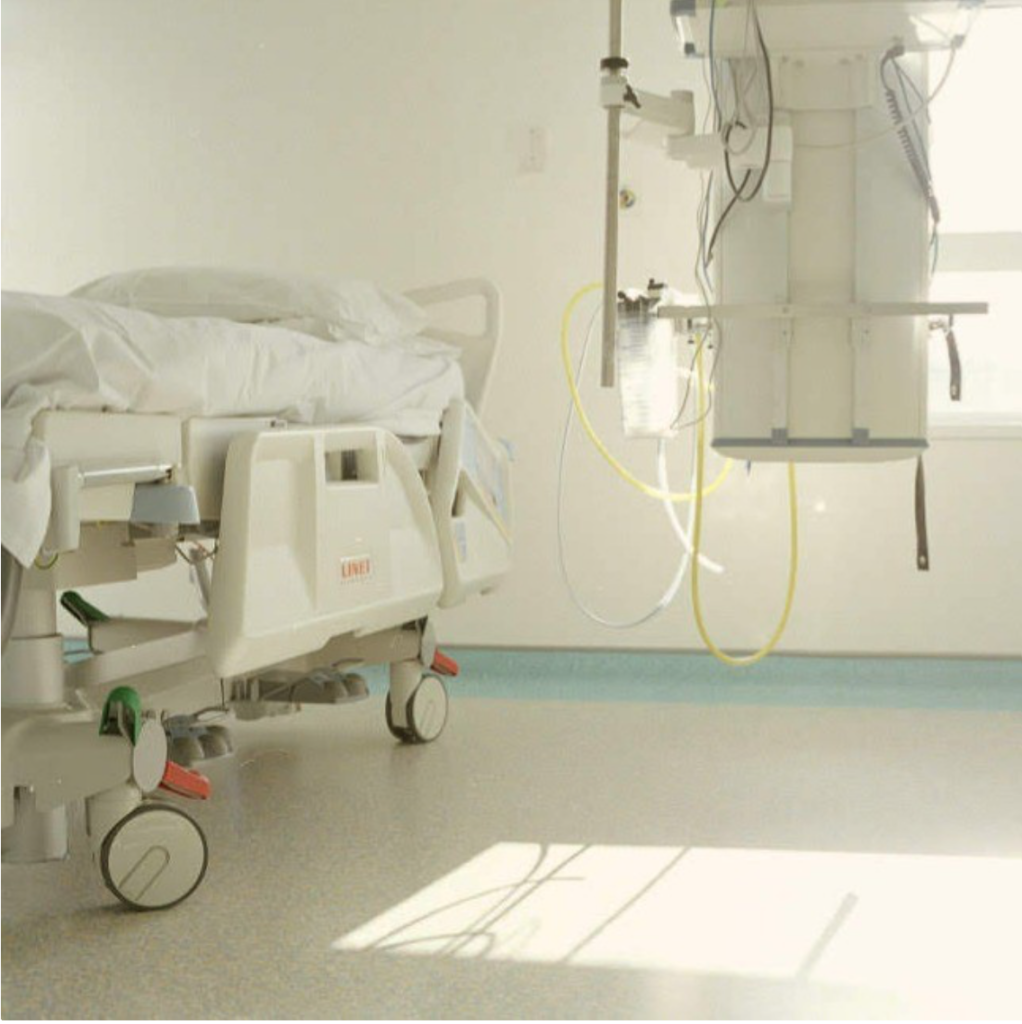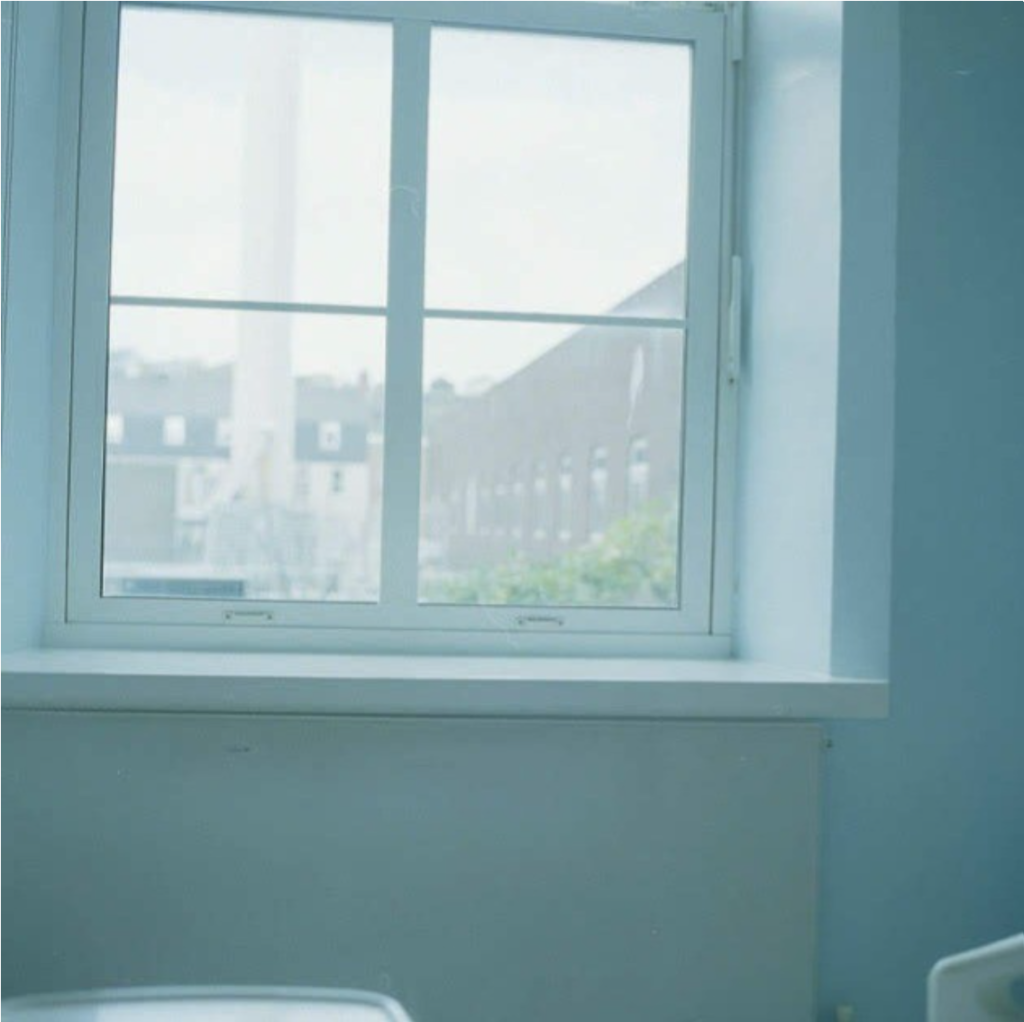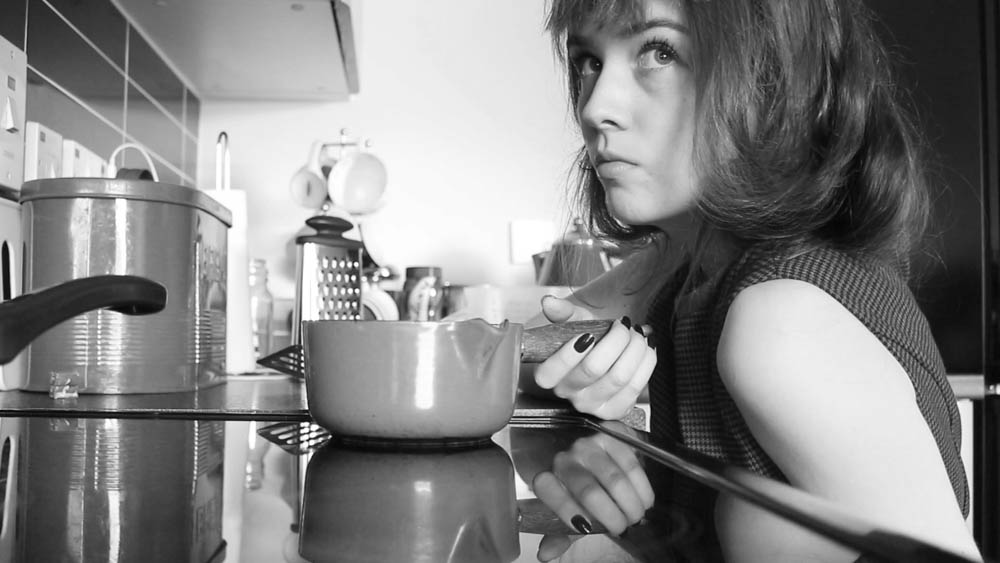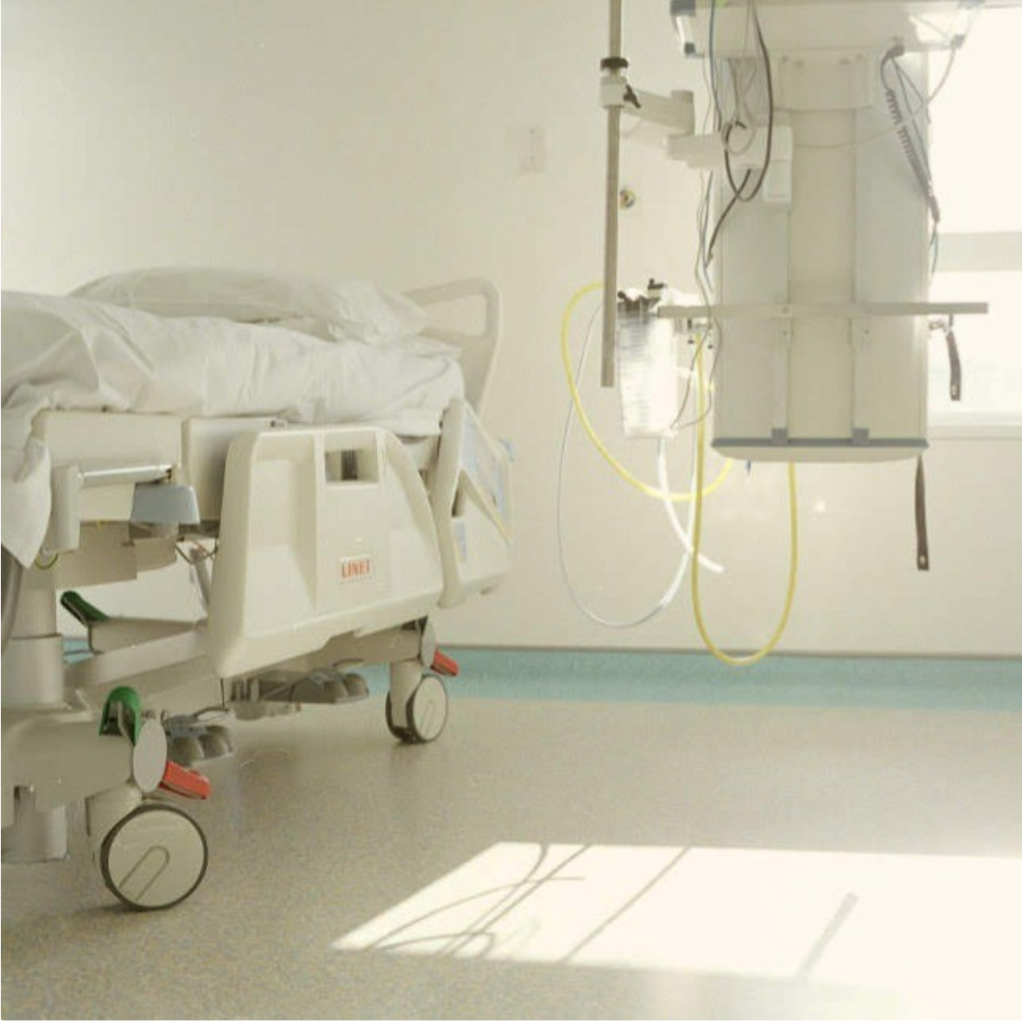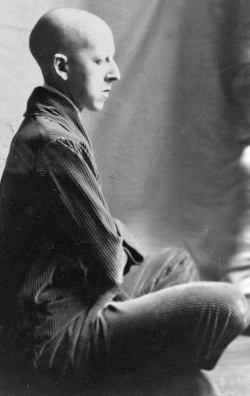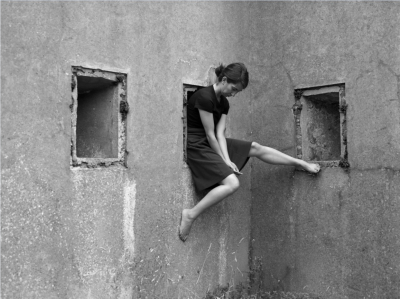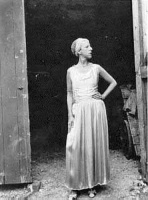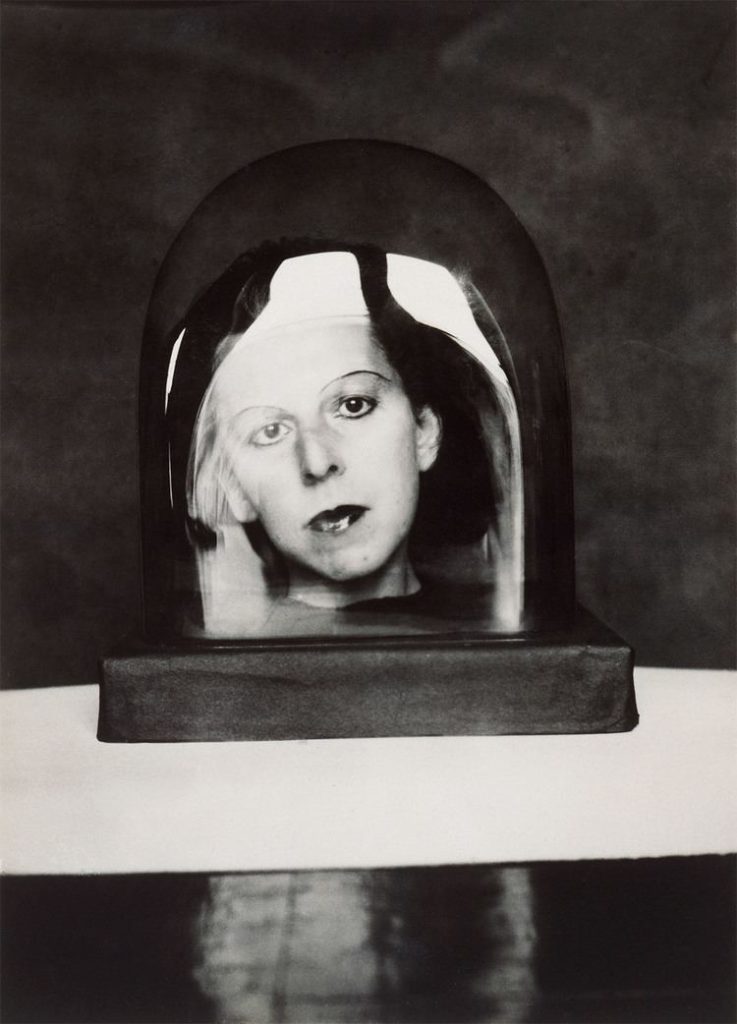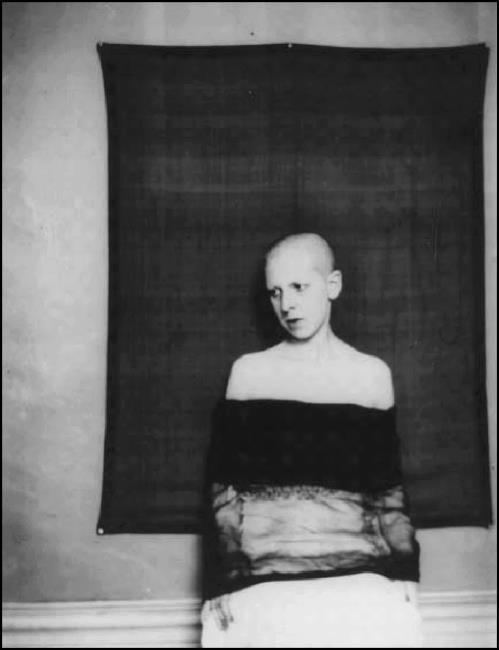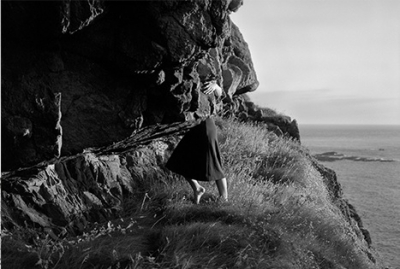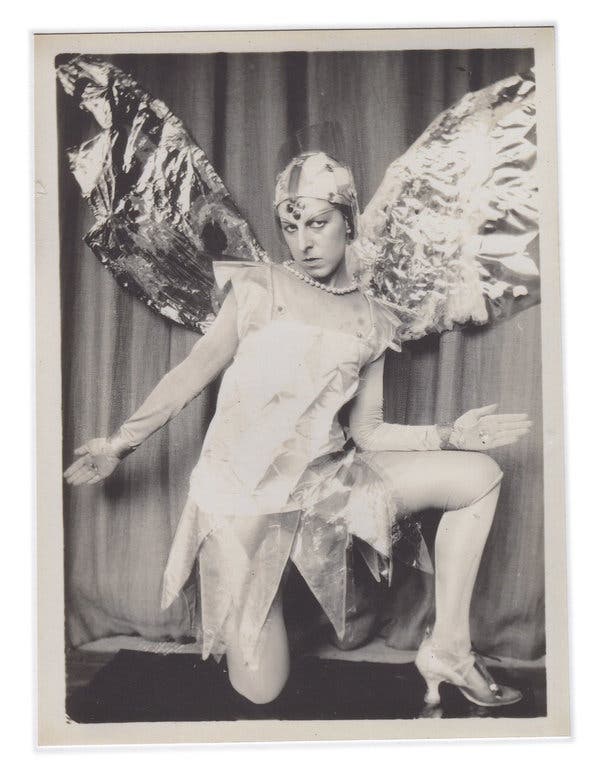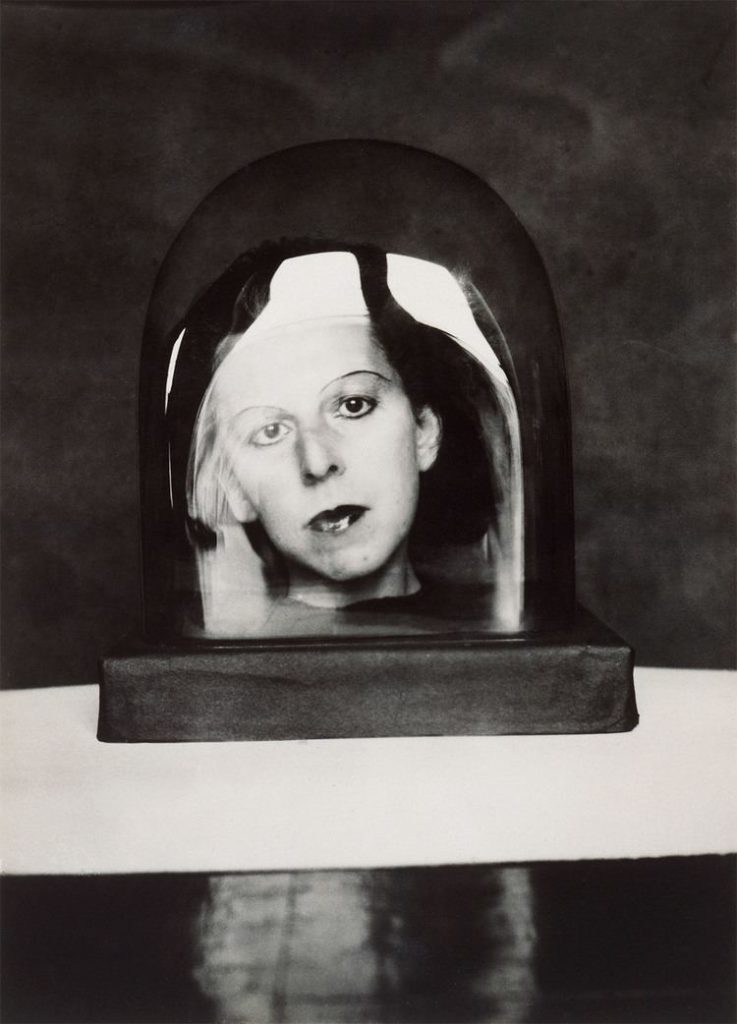Statement Of Intent –
Write a statement of intent that clearly contexualises how you wish to develop your project further, including theme(s), subject-matter, artists and final outcome you aim to make; photobook or film.
The main aim of my personal investigation is to explore and represent different mental health issues that many people who struggle from them find hard to articulate or represent visually. Although I am to research and explore multiple mental health issues, I will mainly focus on anxiety and depression as these are two that have impacted me and many people I know. In order to express these ideas and representations, I am going to use a mix of documentary landscape photography as well as conceptual portraiture photography as I feel that these two different styles will complement and also juxtapose one another, creating a form of distortion and confusion to the narrative of my book, simulating a similar effect to that of these two mental health disorders. As well as this, I am also going to research some different literacy texts such as different poems to include as little monologues to go along side some images throughout the book, prompting and also describing the narrative.
Another theme that I wish to explore in this project is the juxtaposition between moods that these mental health issues can create. As some days may be exactly the same and some days may be durastically different, it is almost impossible to interpret how each one will effect the individual. – Some days are good and some days are bad. I believe that this is an important factor to represent as it shows how significant these small, yet happy moments or days are to a person who is struggling.
In terms of more technical plans, I am going to use my Canon camera for the majority of photoshoots as well as a tripod as this will allow for clear and concise images to be taken, though in order to incorporate multiple perspectives I will use different lenses and angles. My shoots will be taken in many different locations, with more subject-specific ones being centred in a studio like setting in order to enhance shadows, lighting and expression. In terms of medium, my final product will take the form of a photo-book as I feel this will allow viewers to have a more personal relation to/with the images and ideas, though I think that I might make a short-film of some of the key stills or extra images I take.
In relation to love and rebellion –
Mental Health problems such as anxiety and depression, can be explored in terms of love and rebellion due to the internal conflicts that one may struggle with. Although they are surrounded by those who care about them (love) they themselves cannot see this (rebellion).



